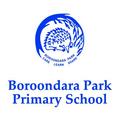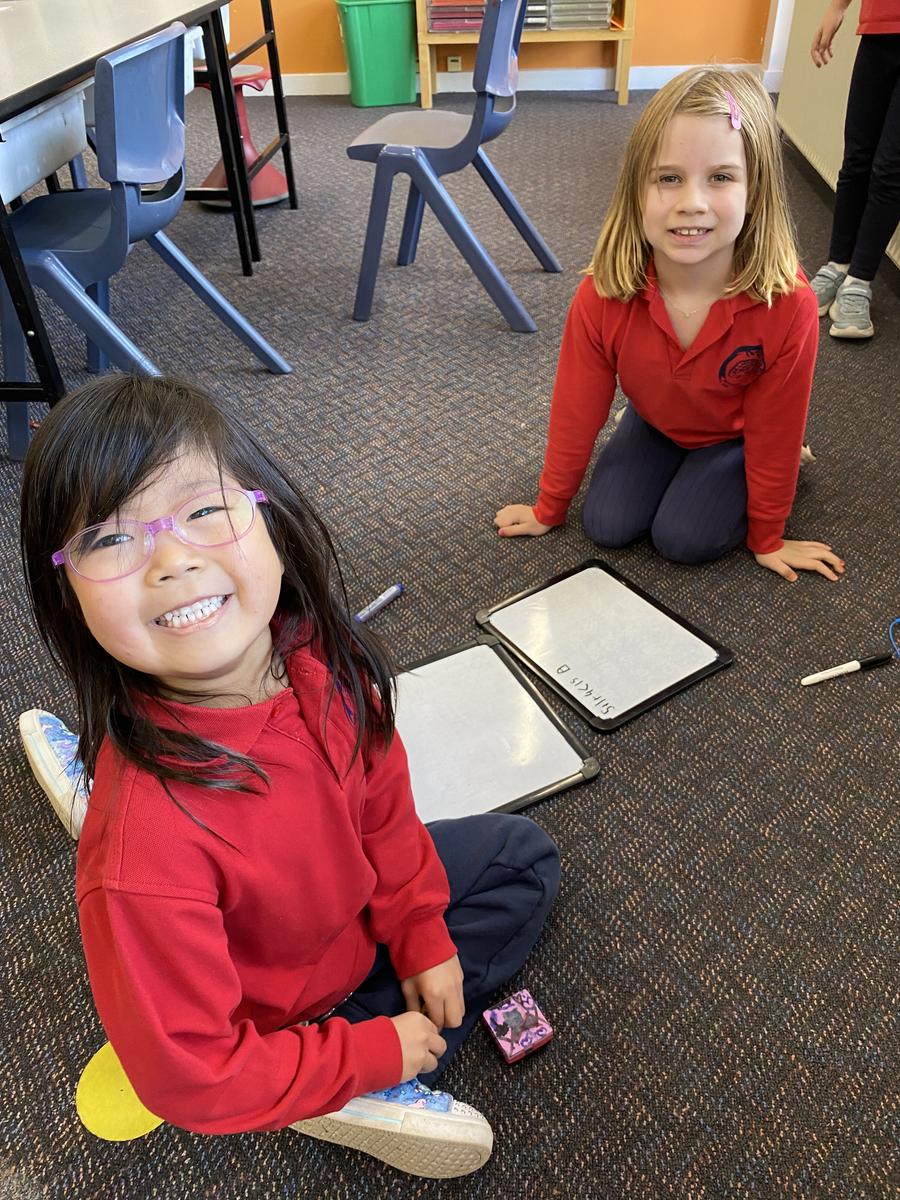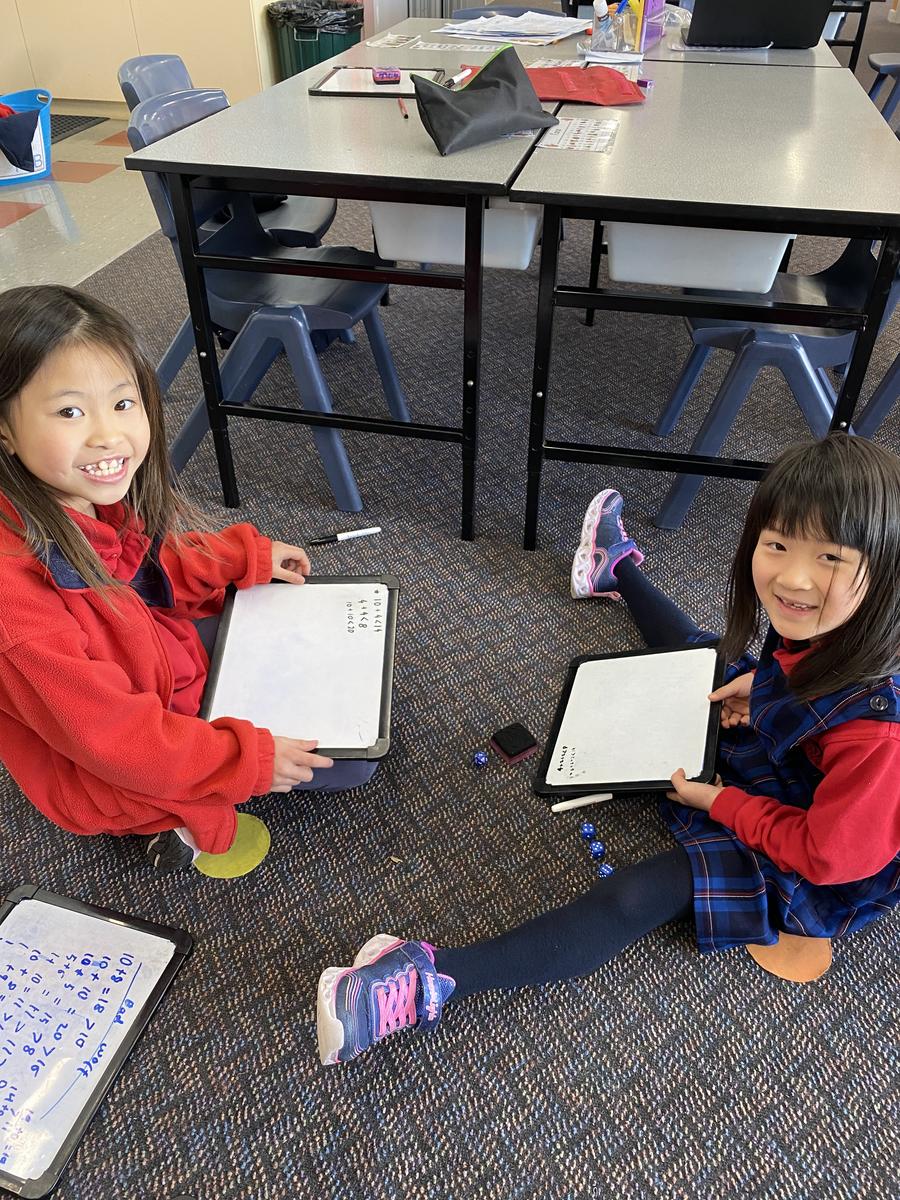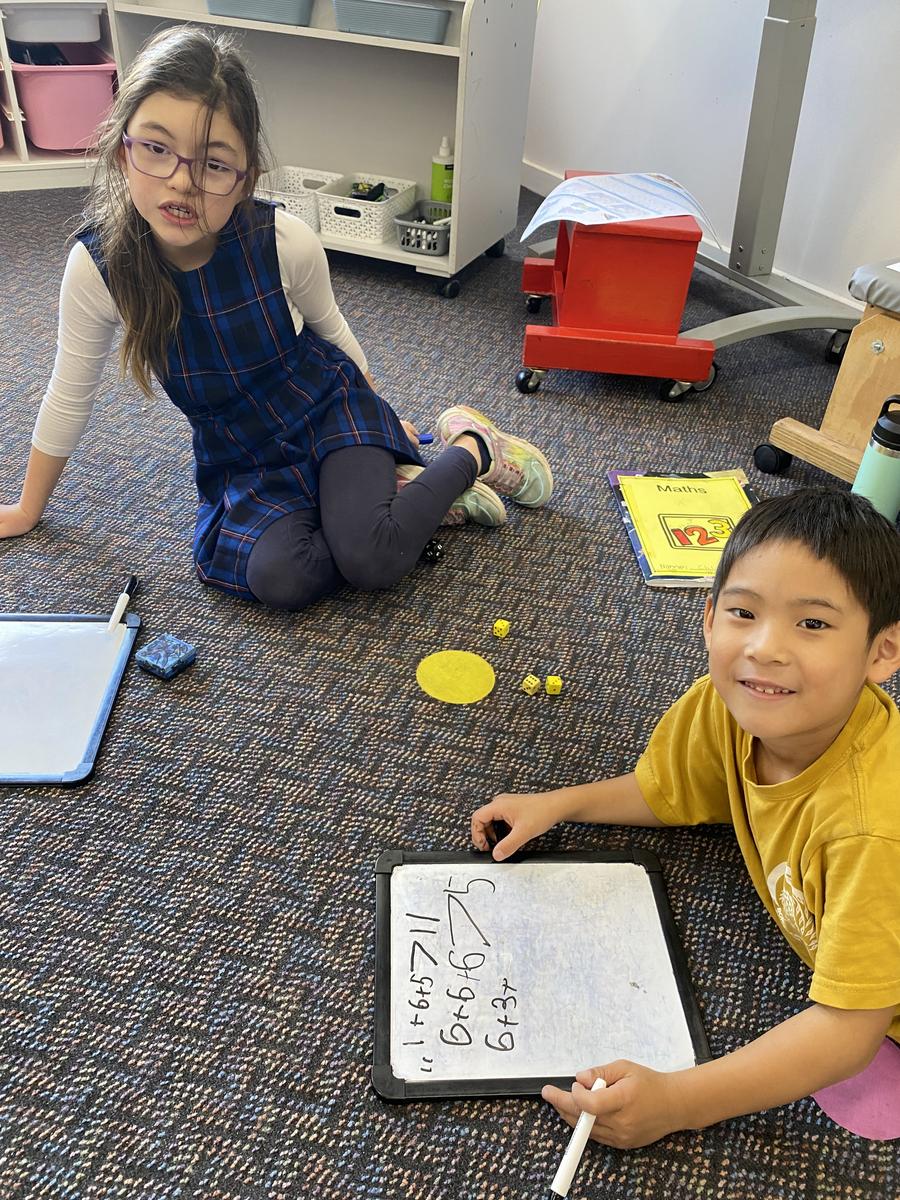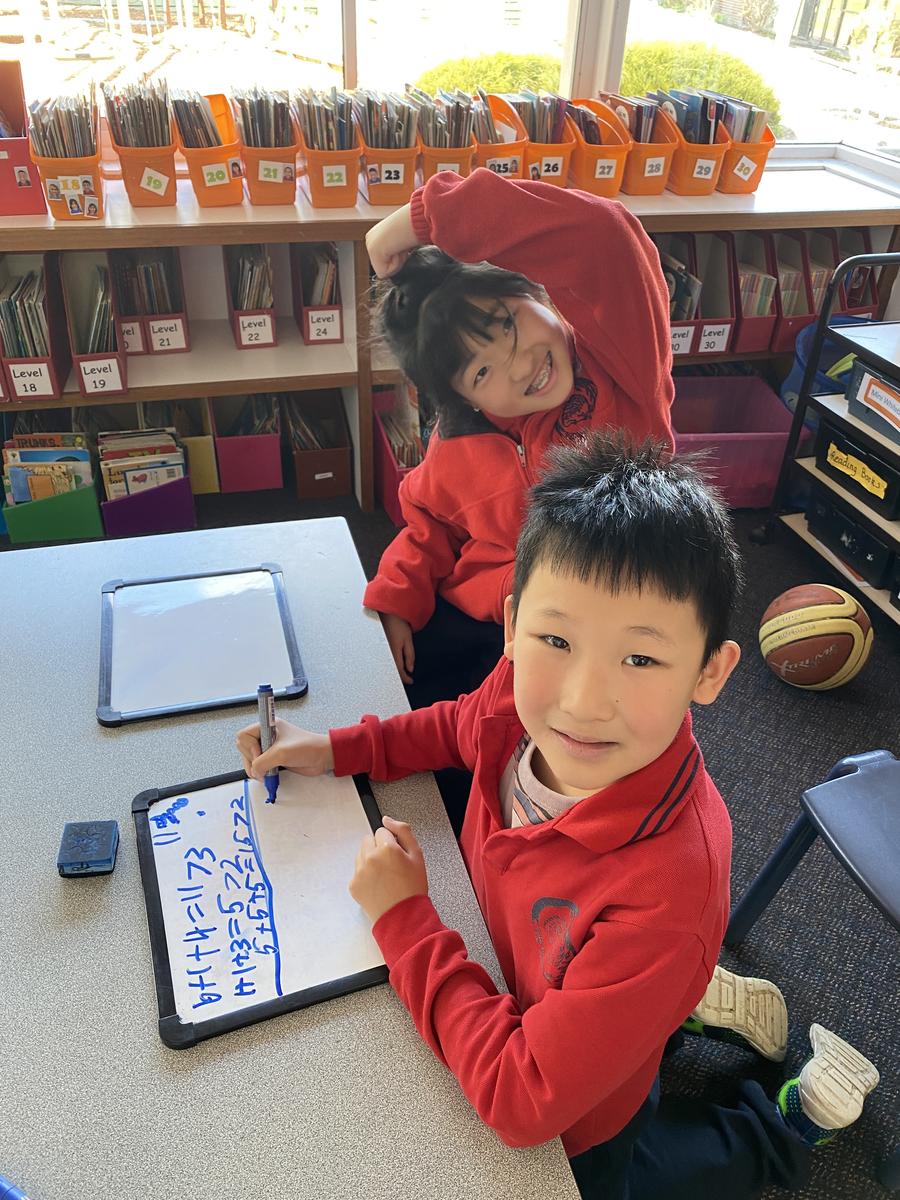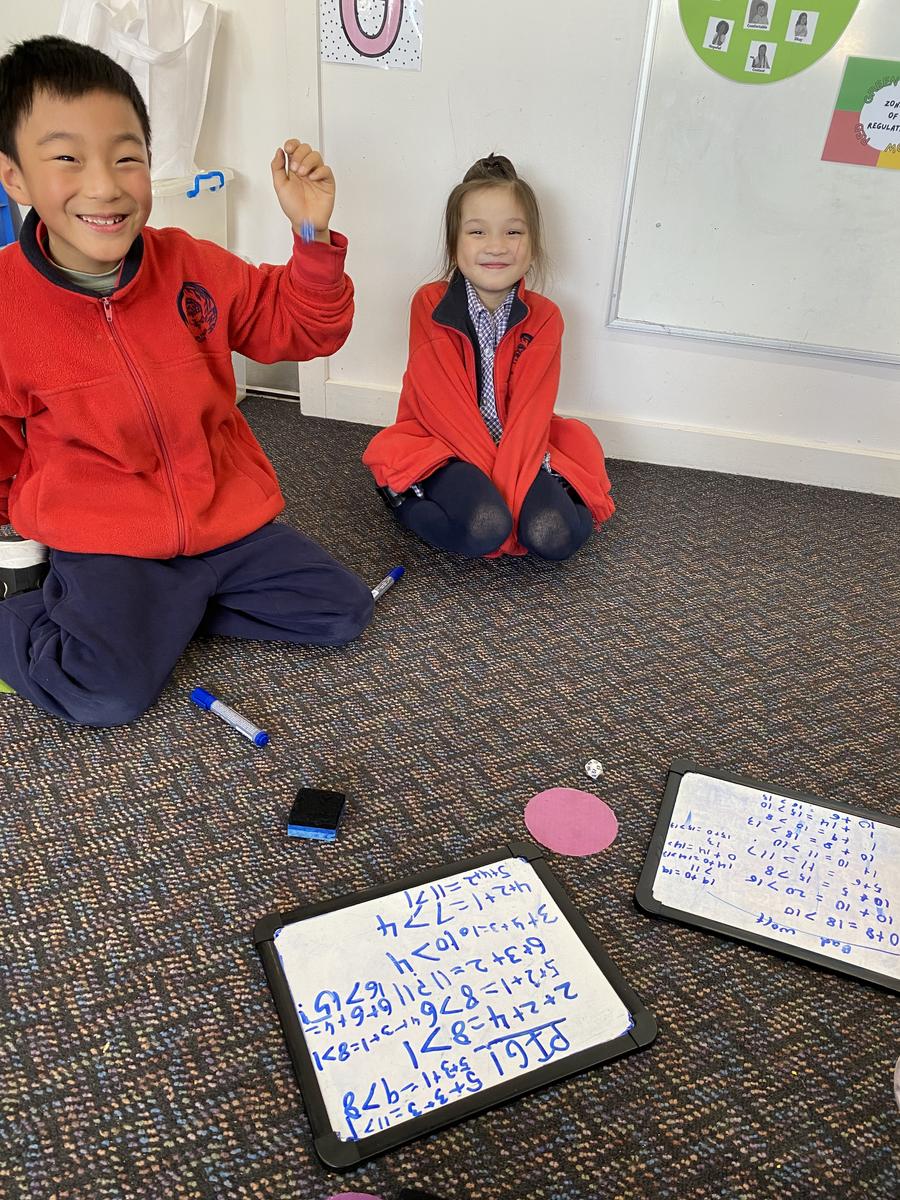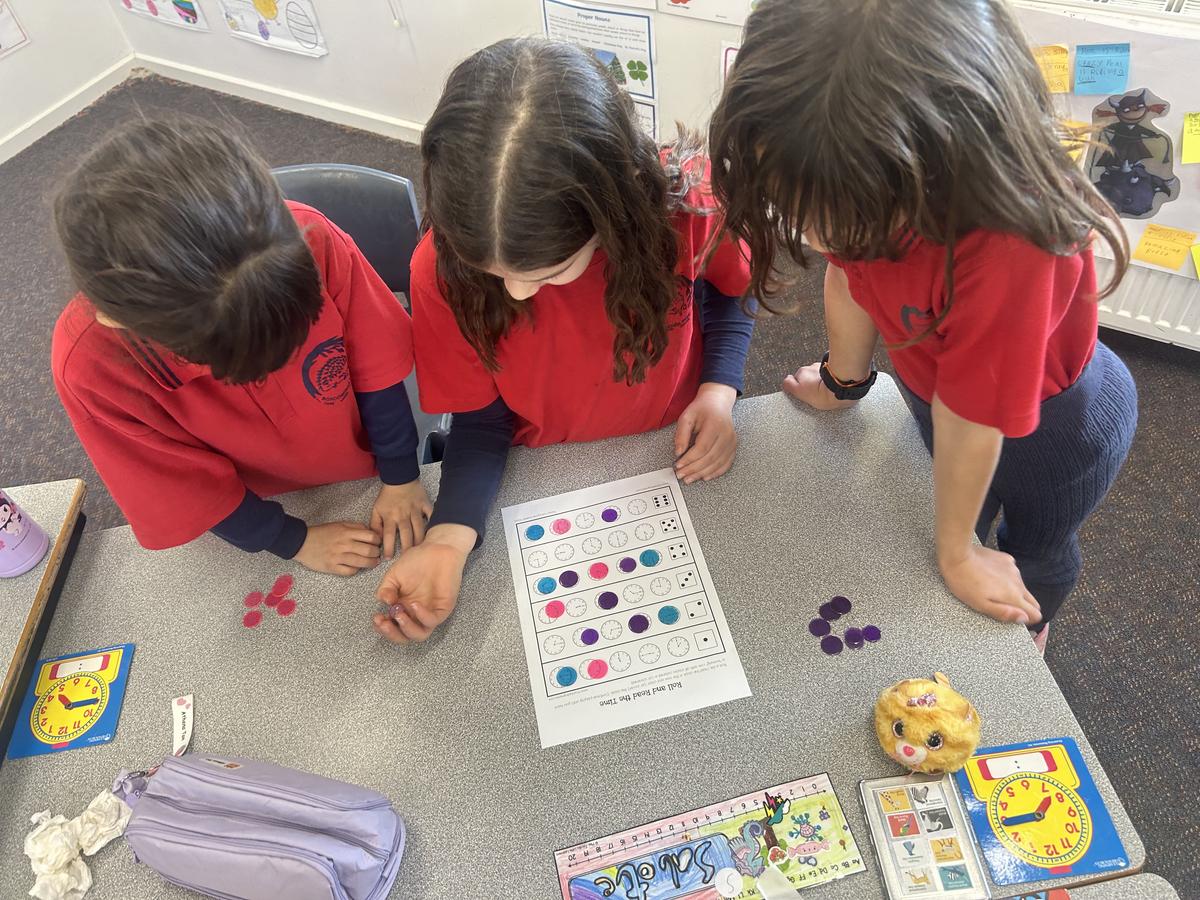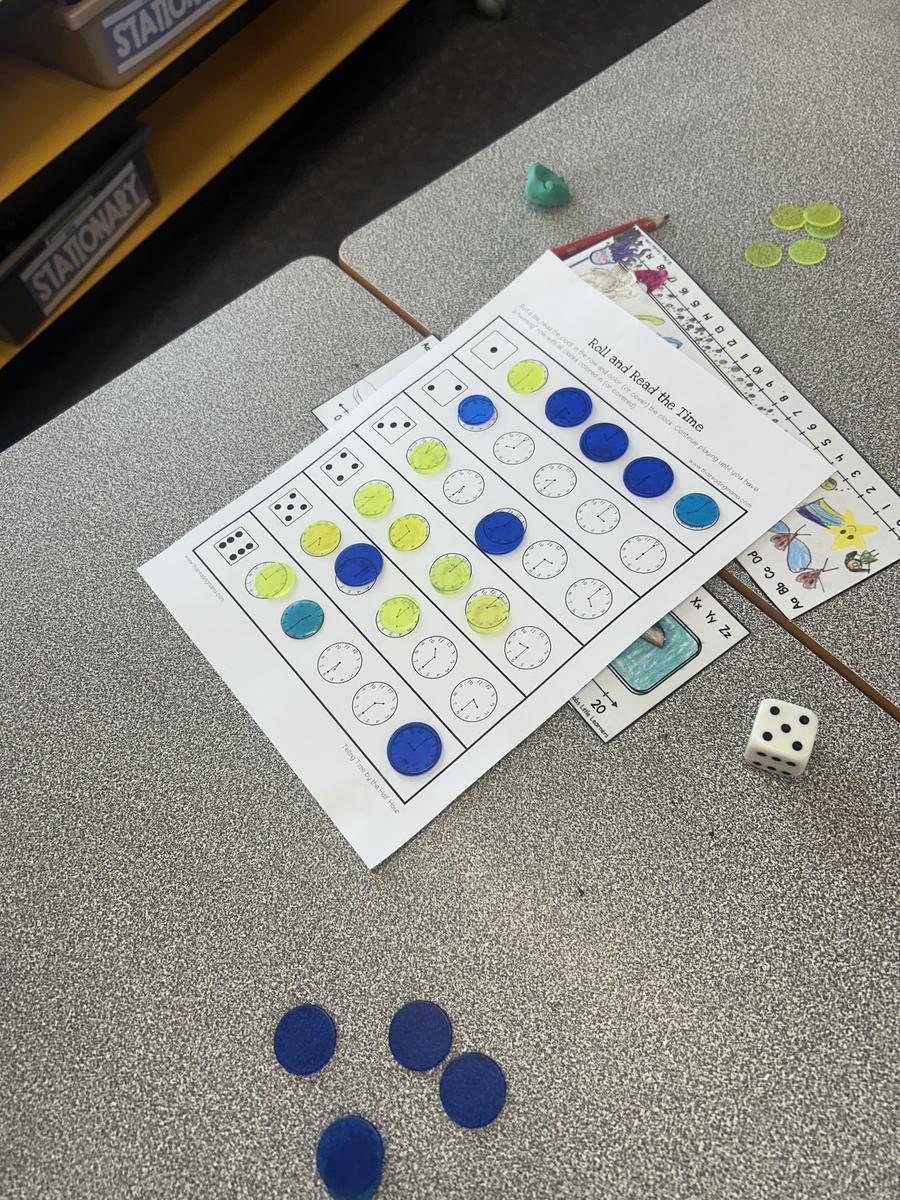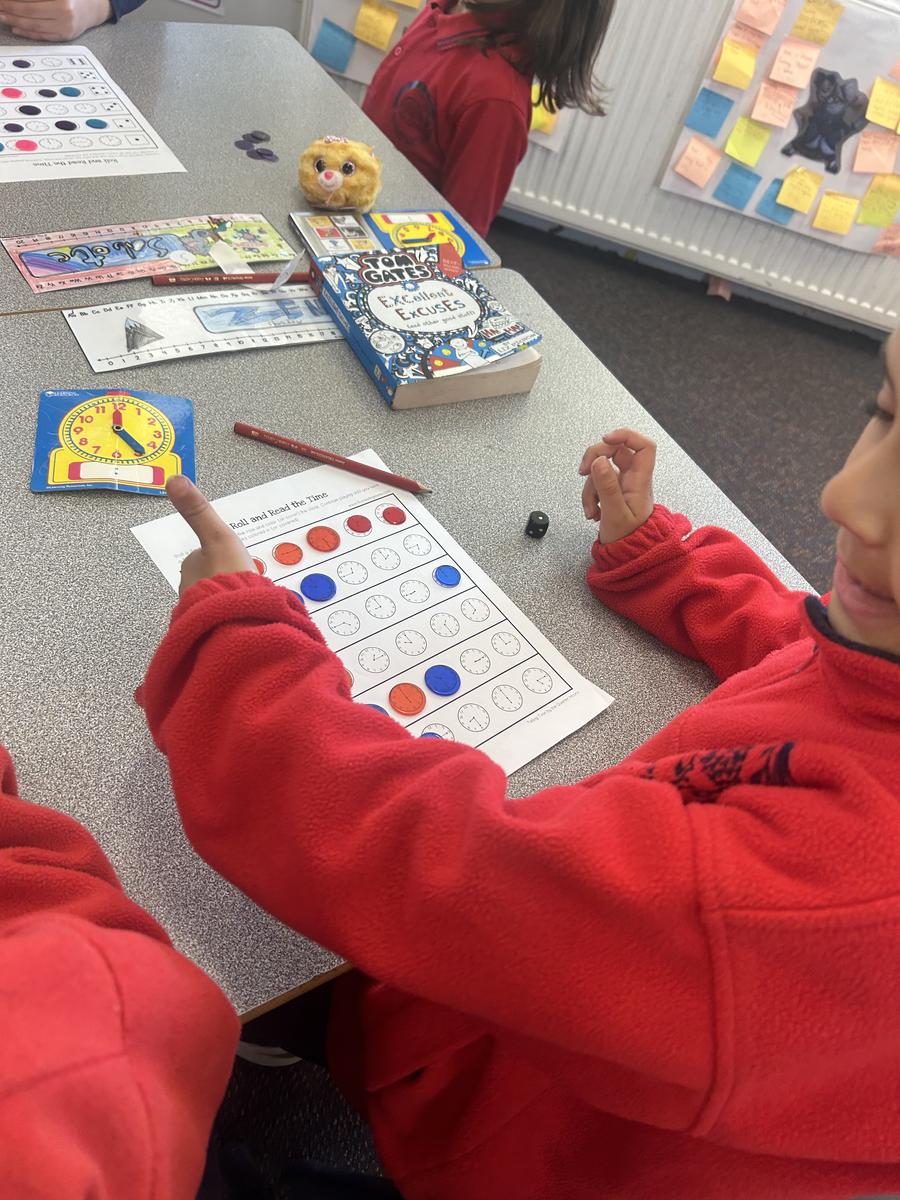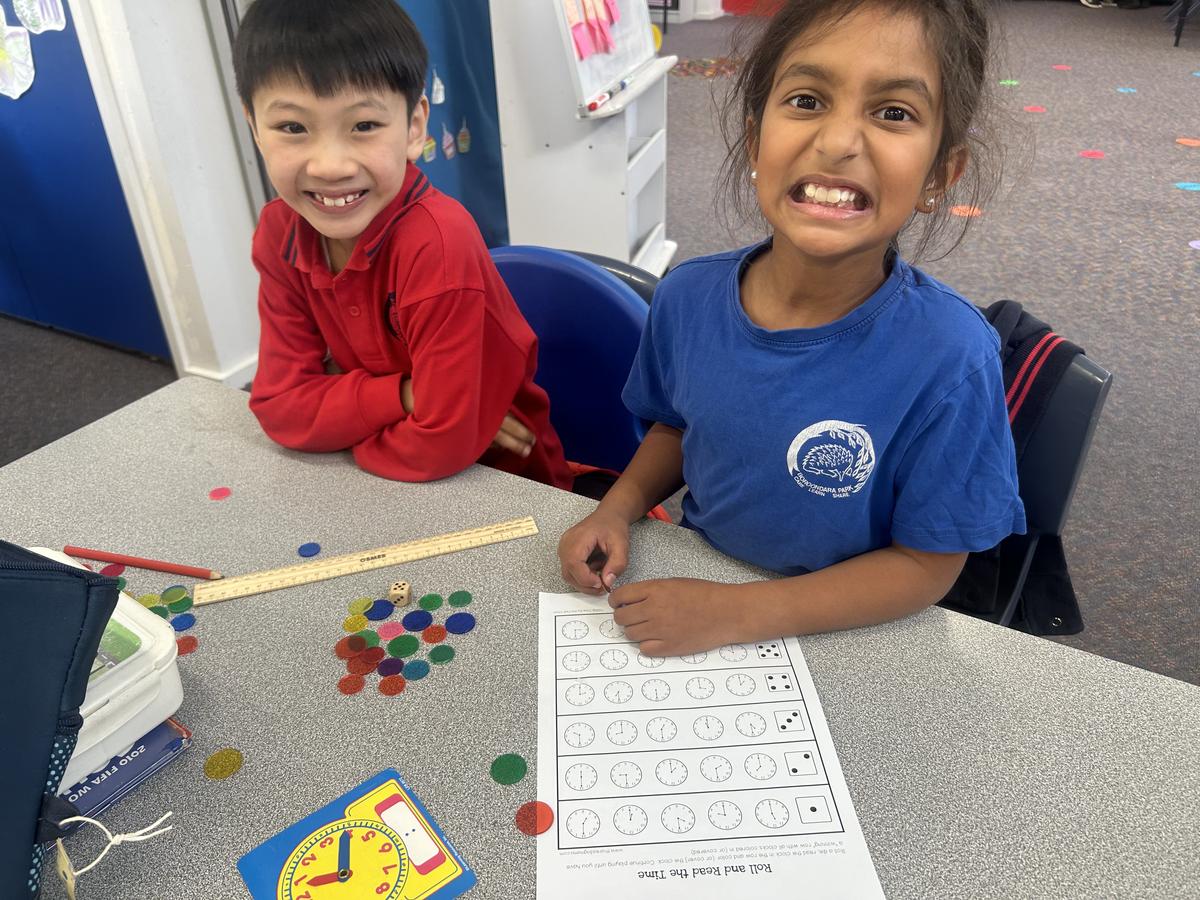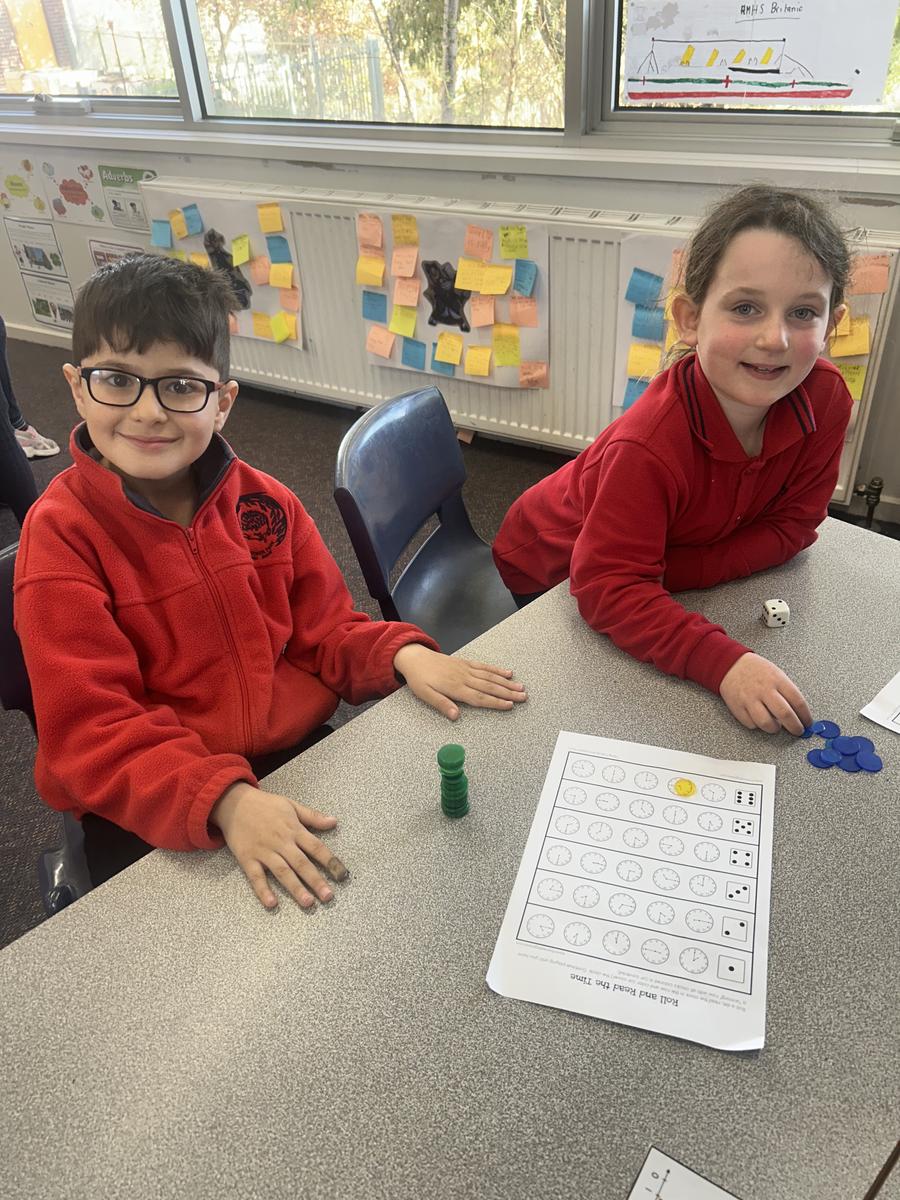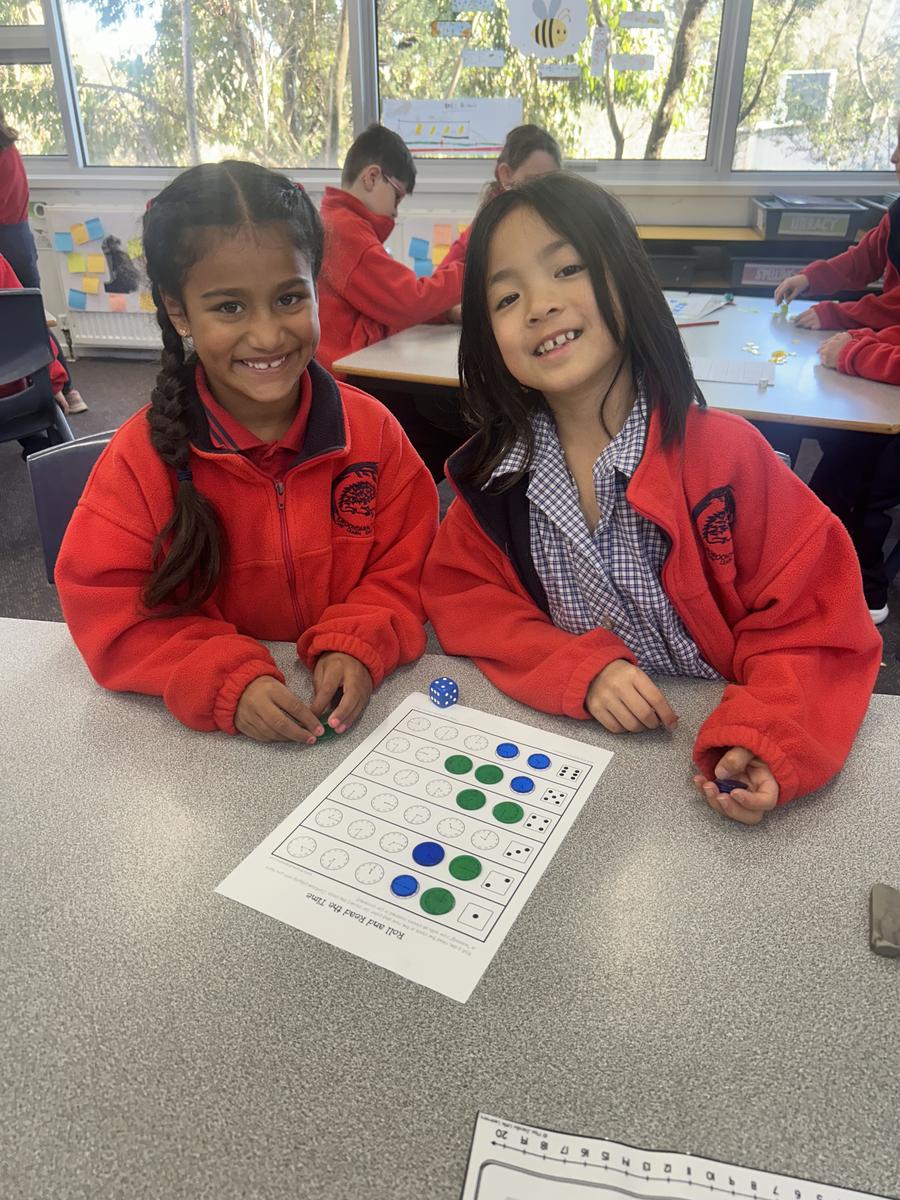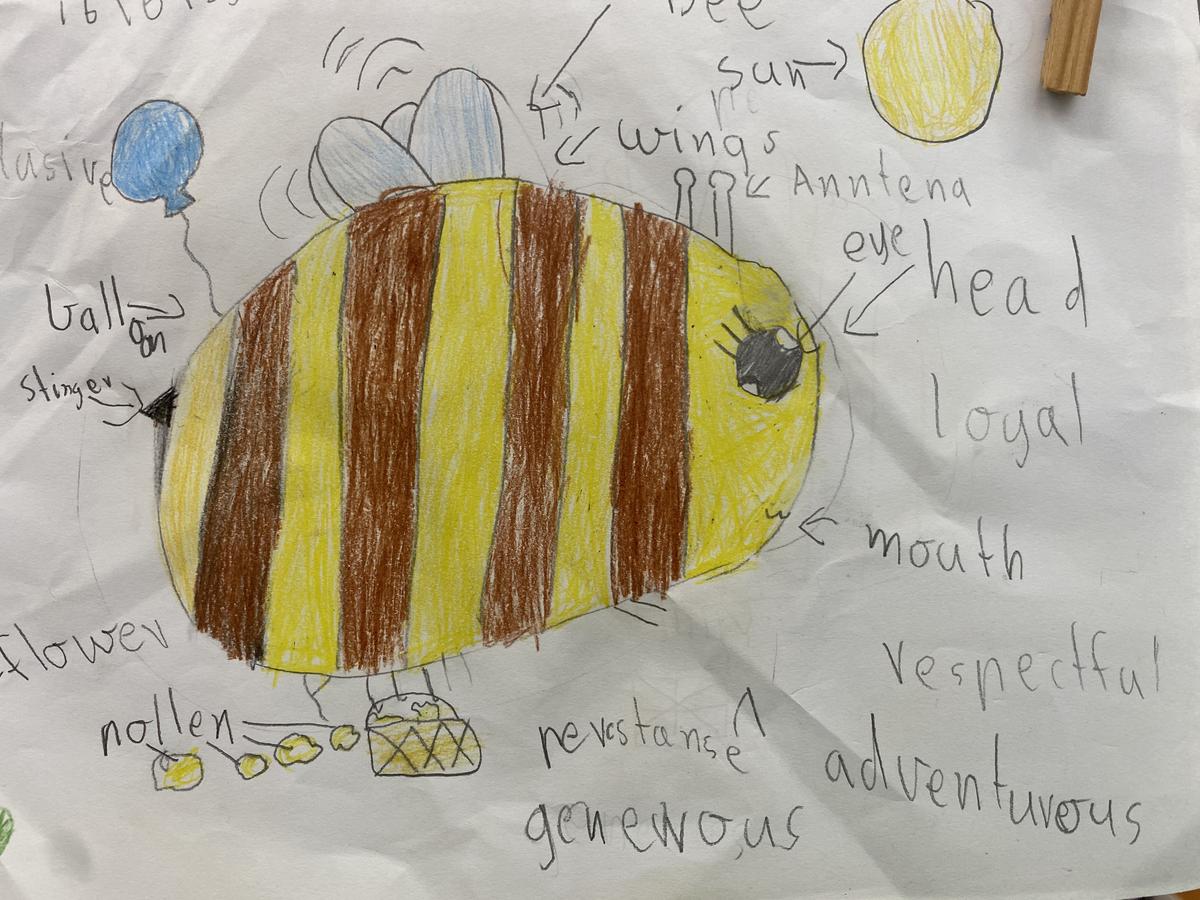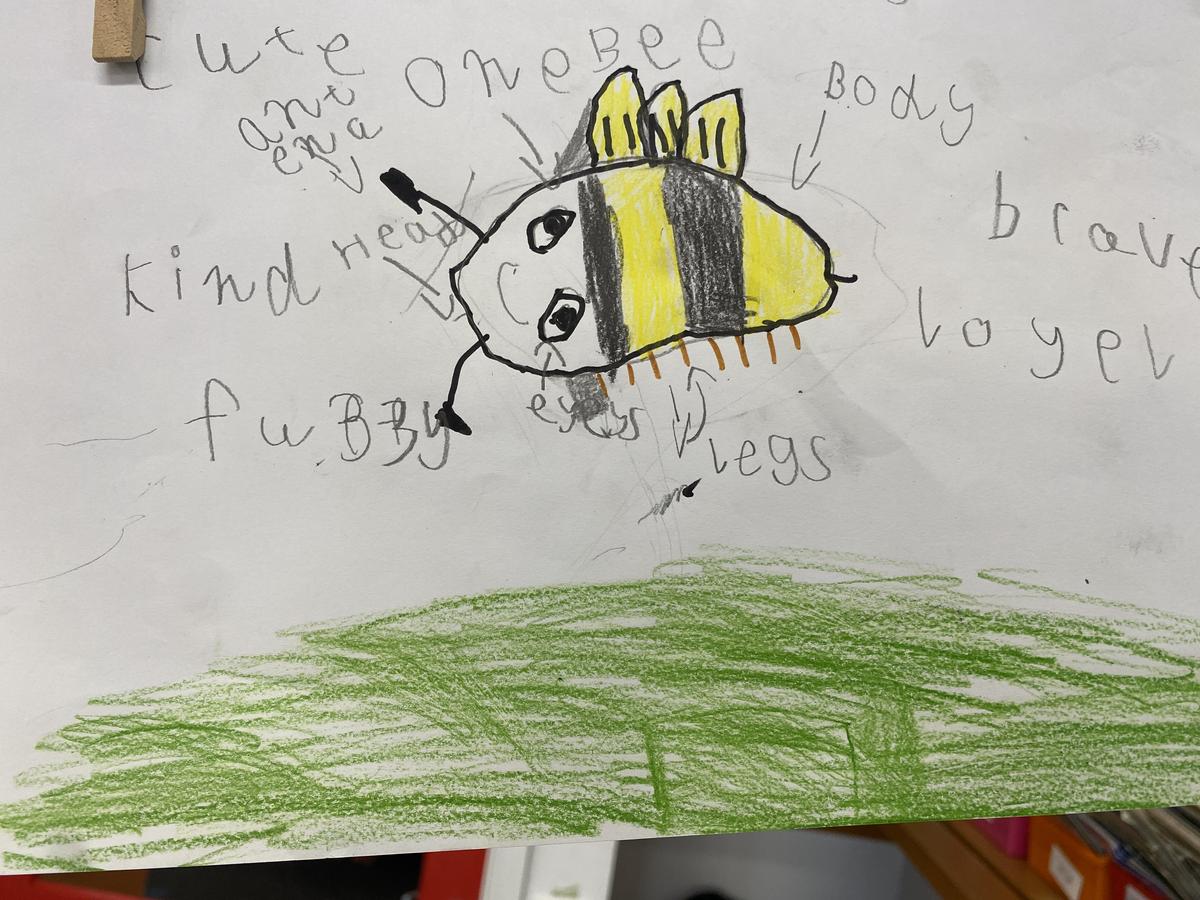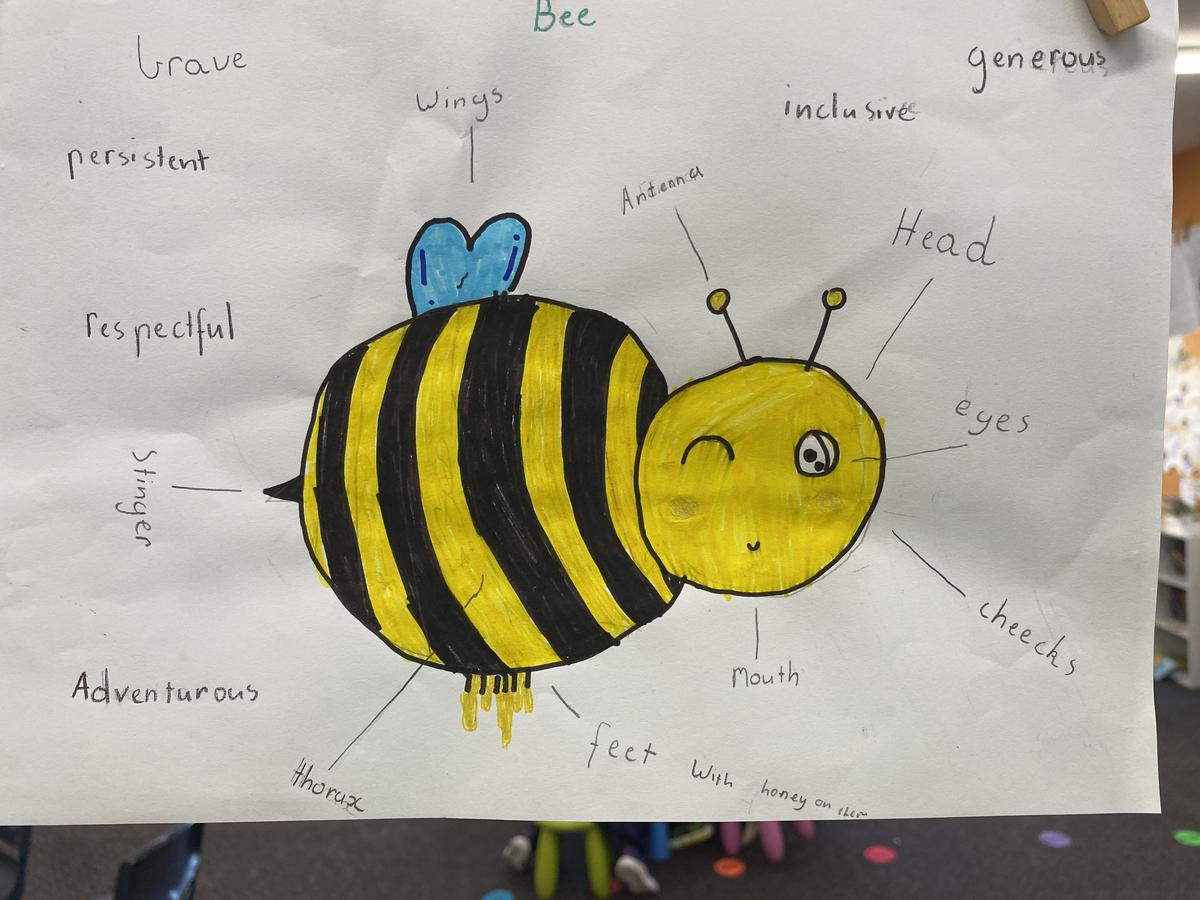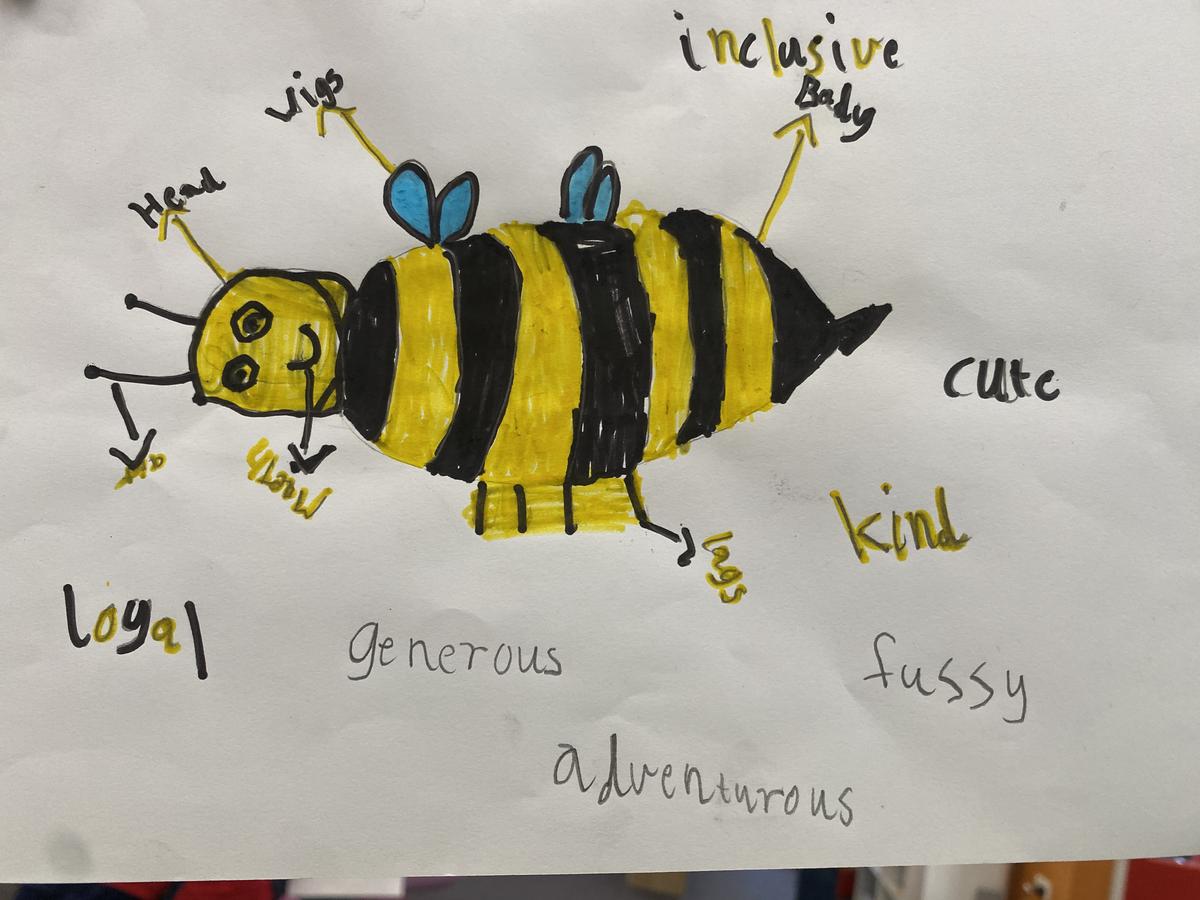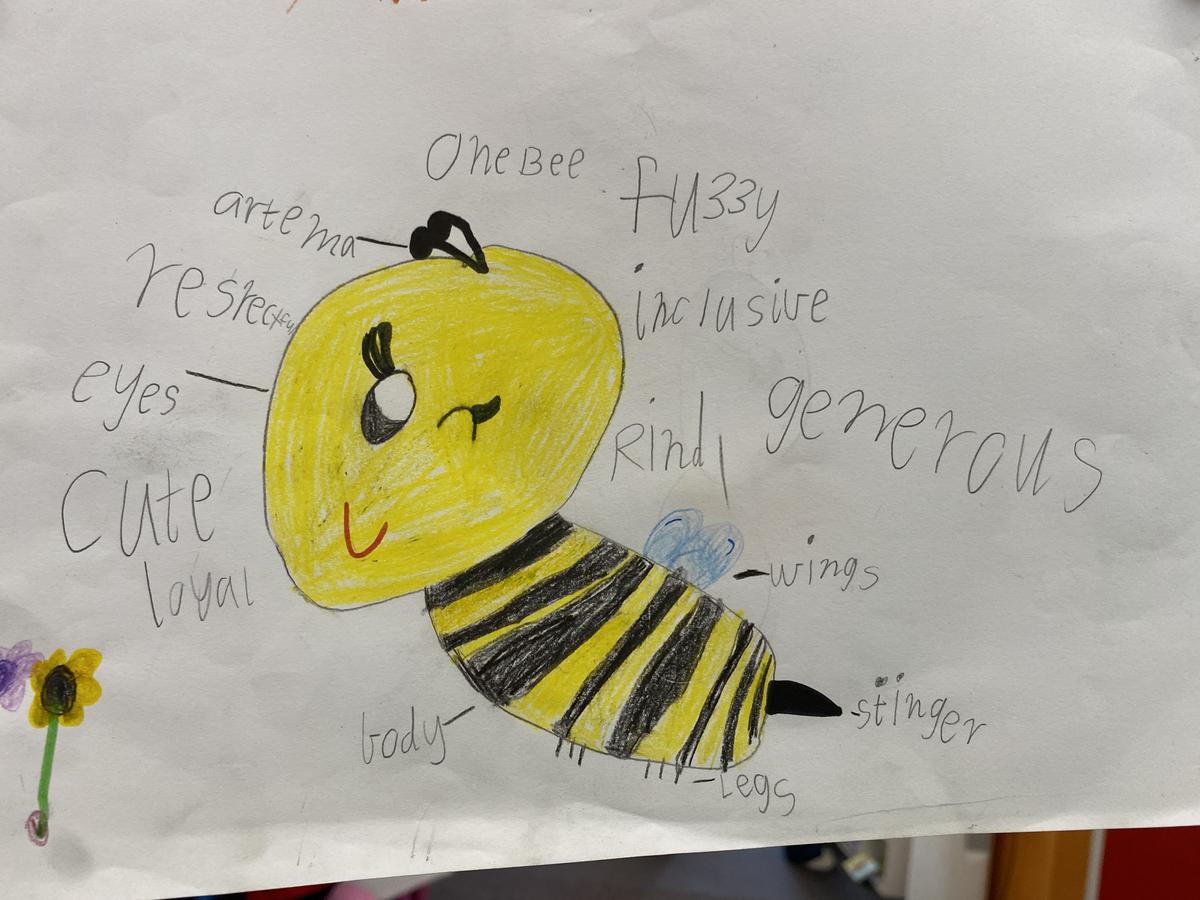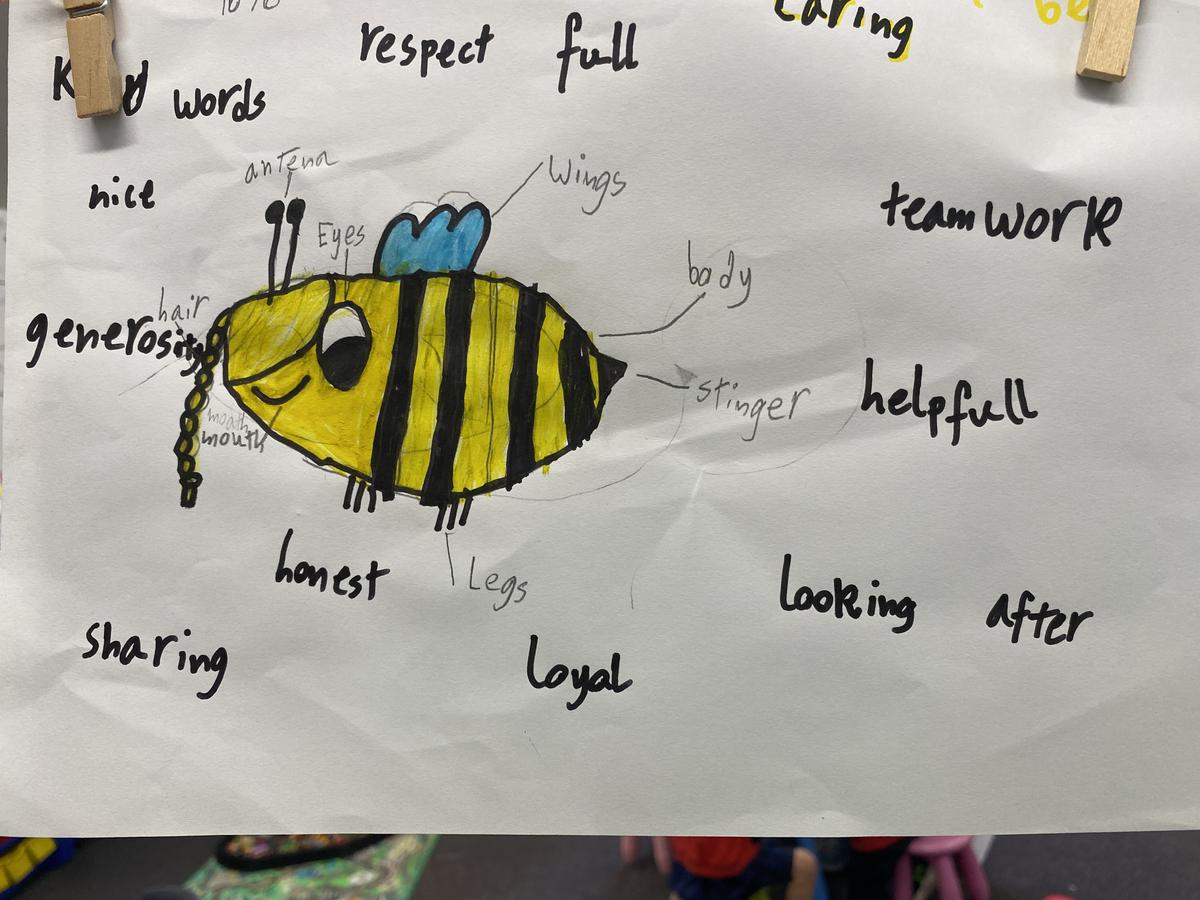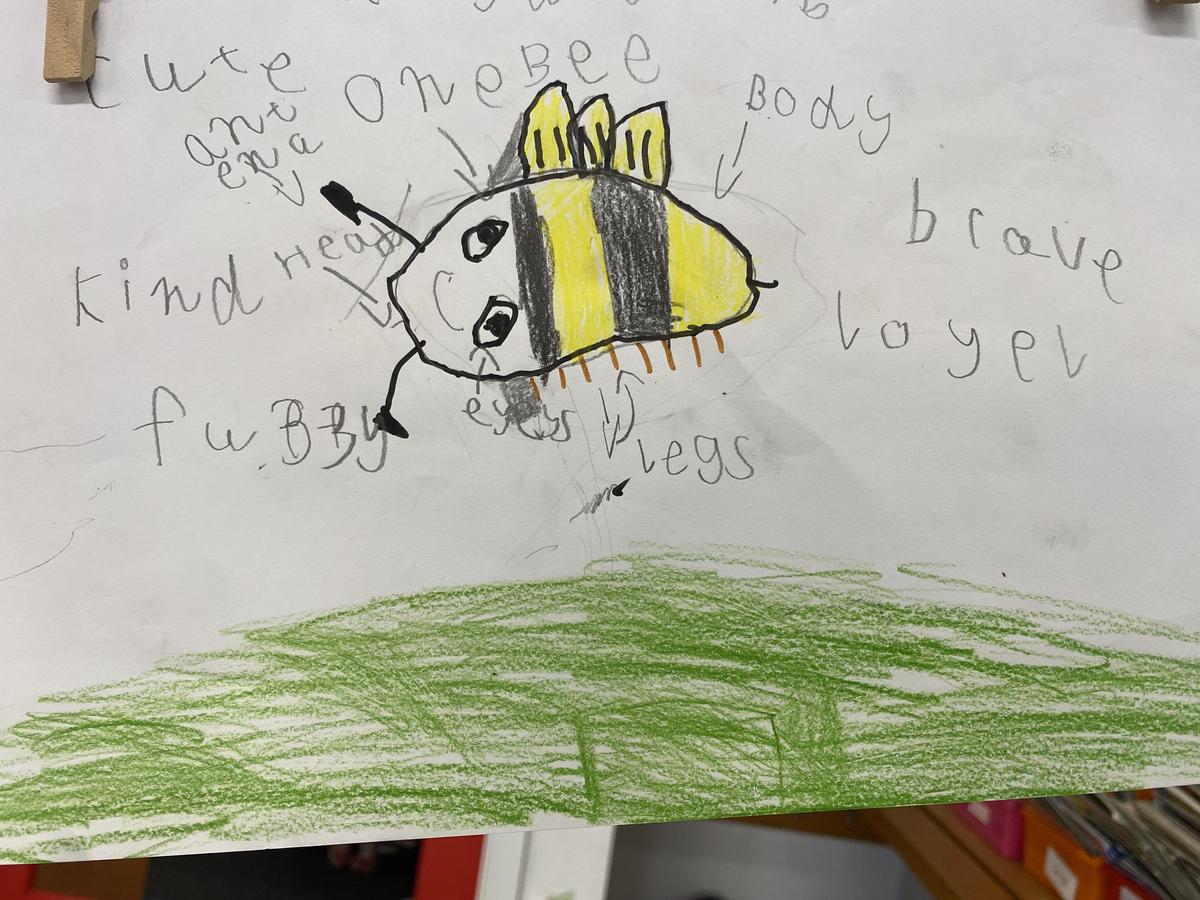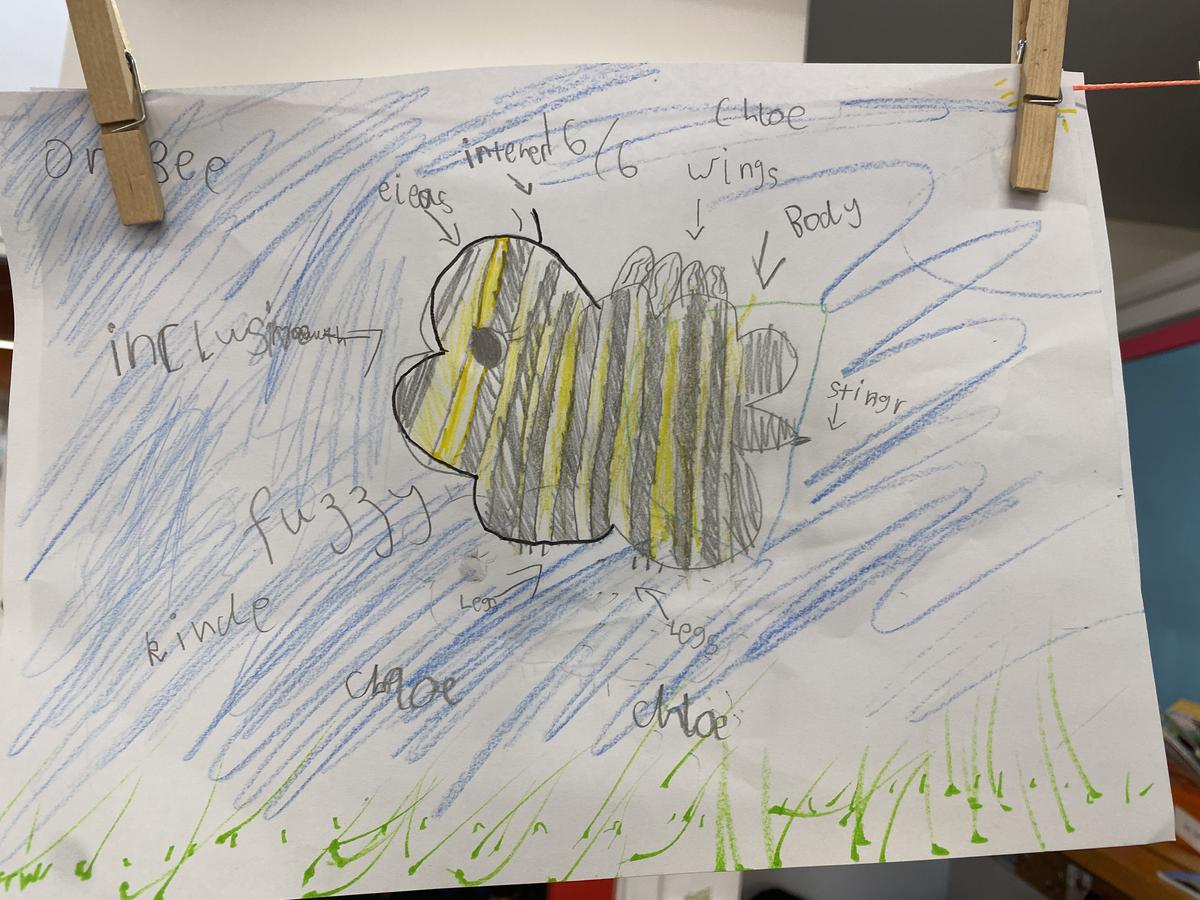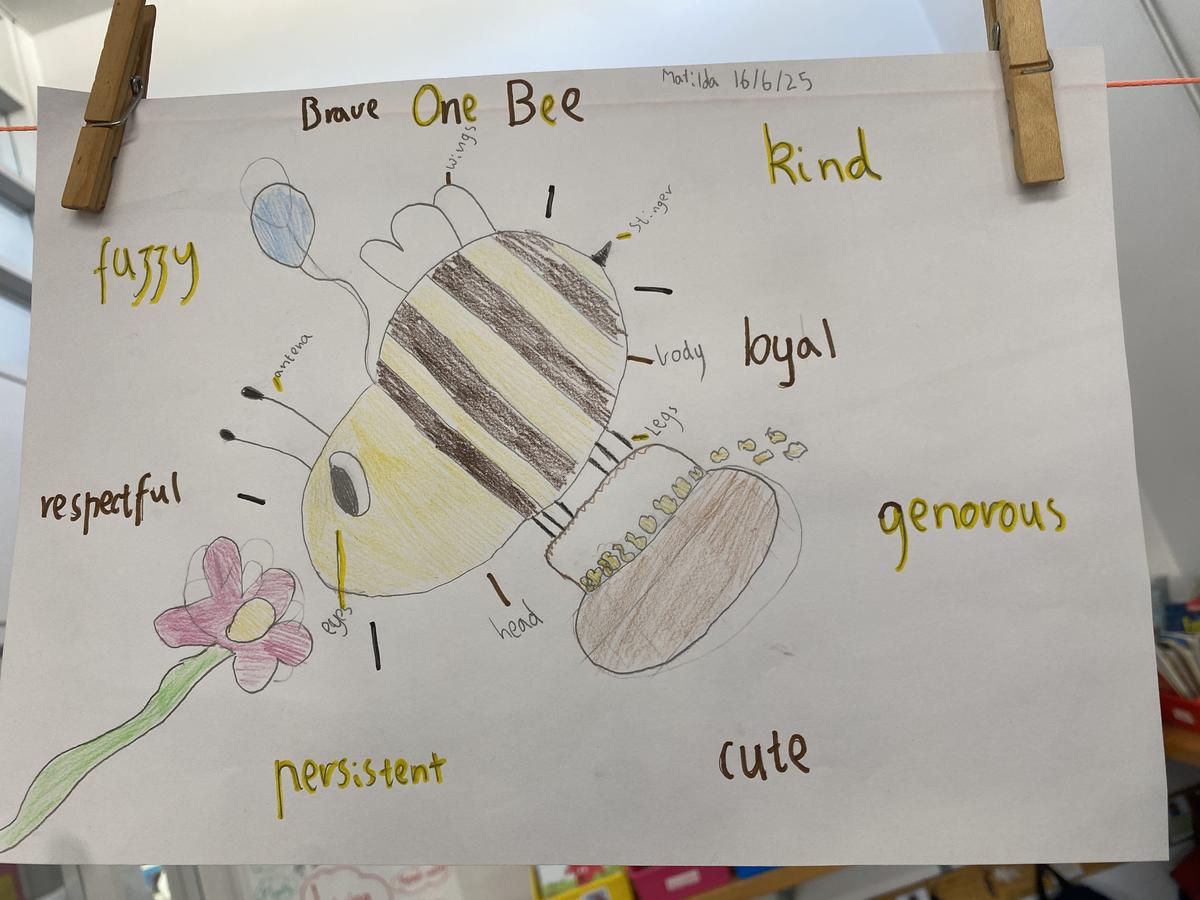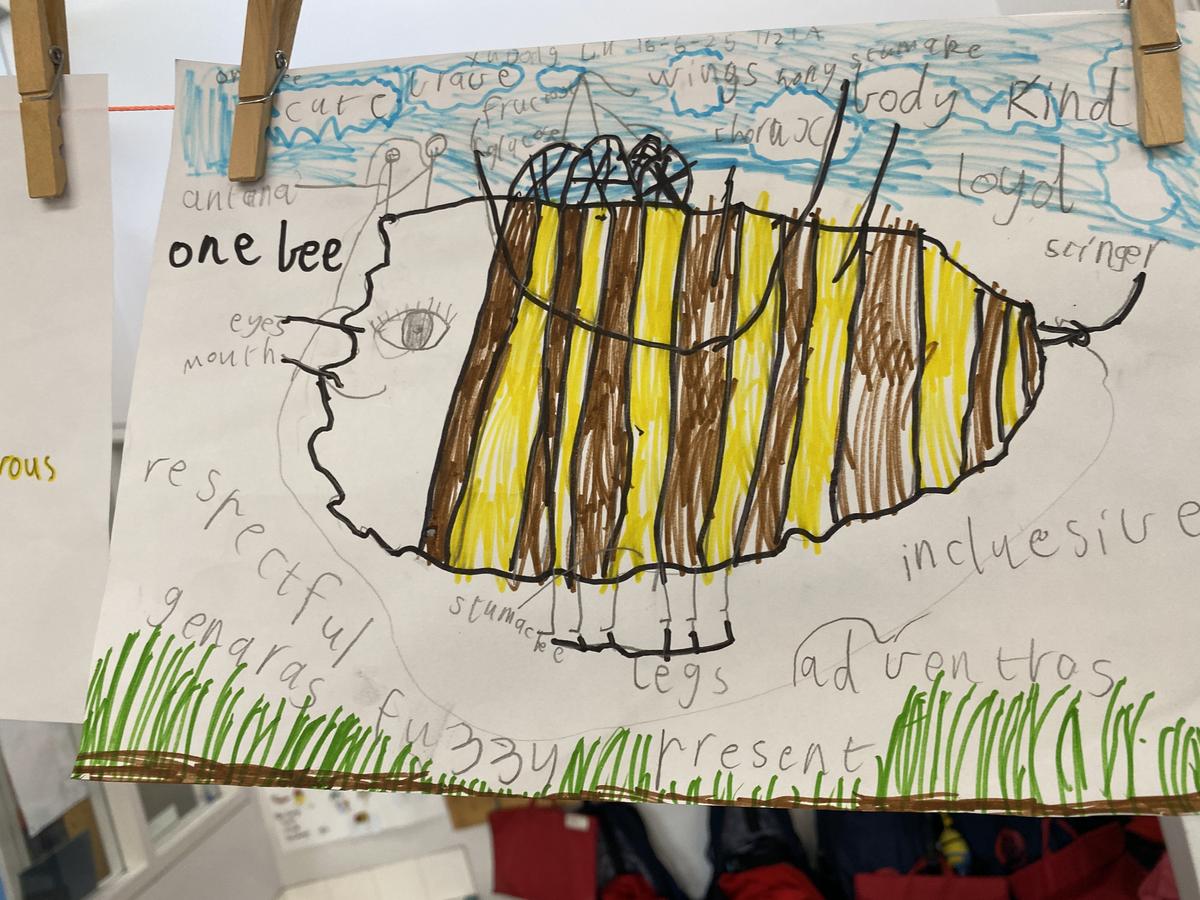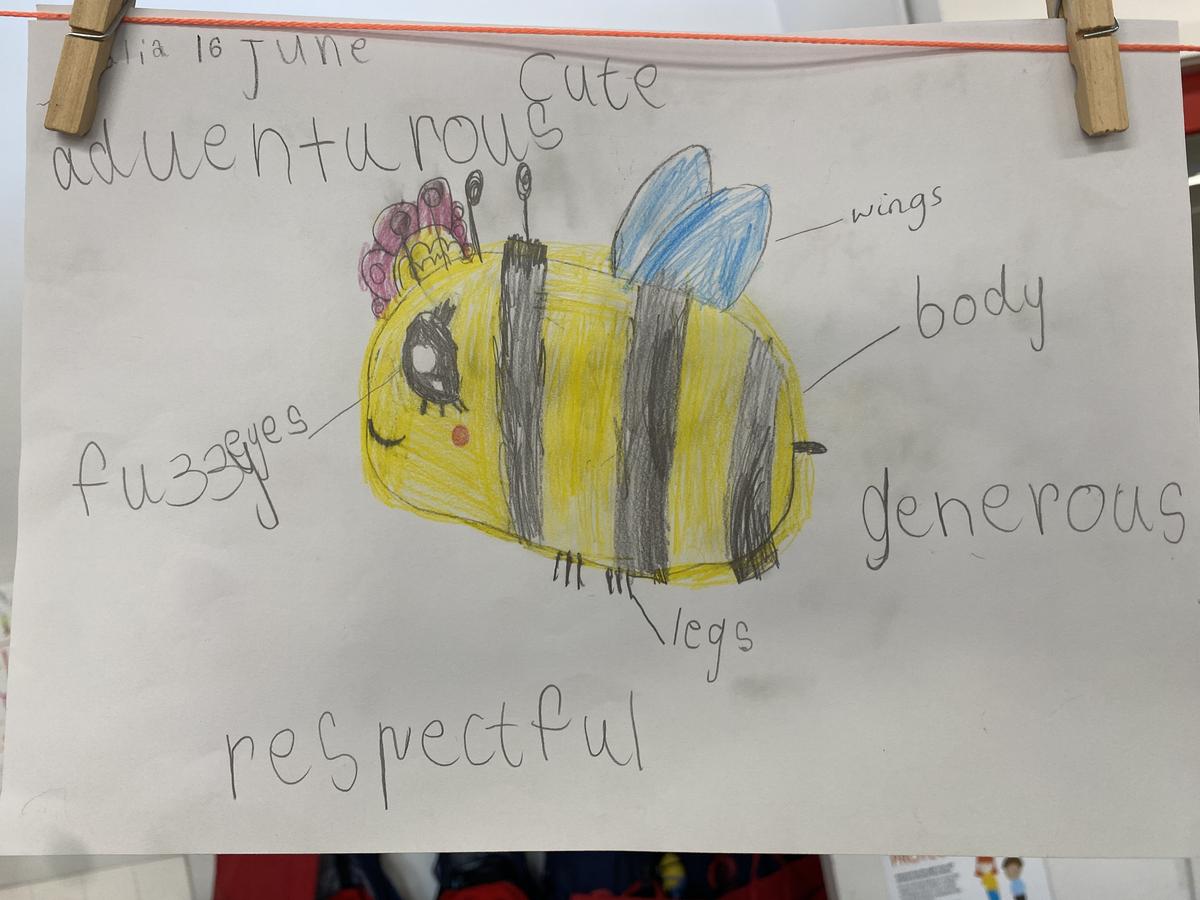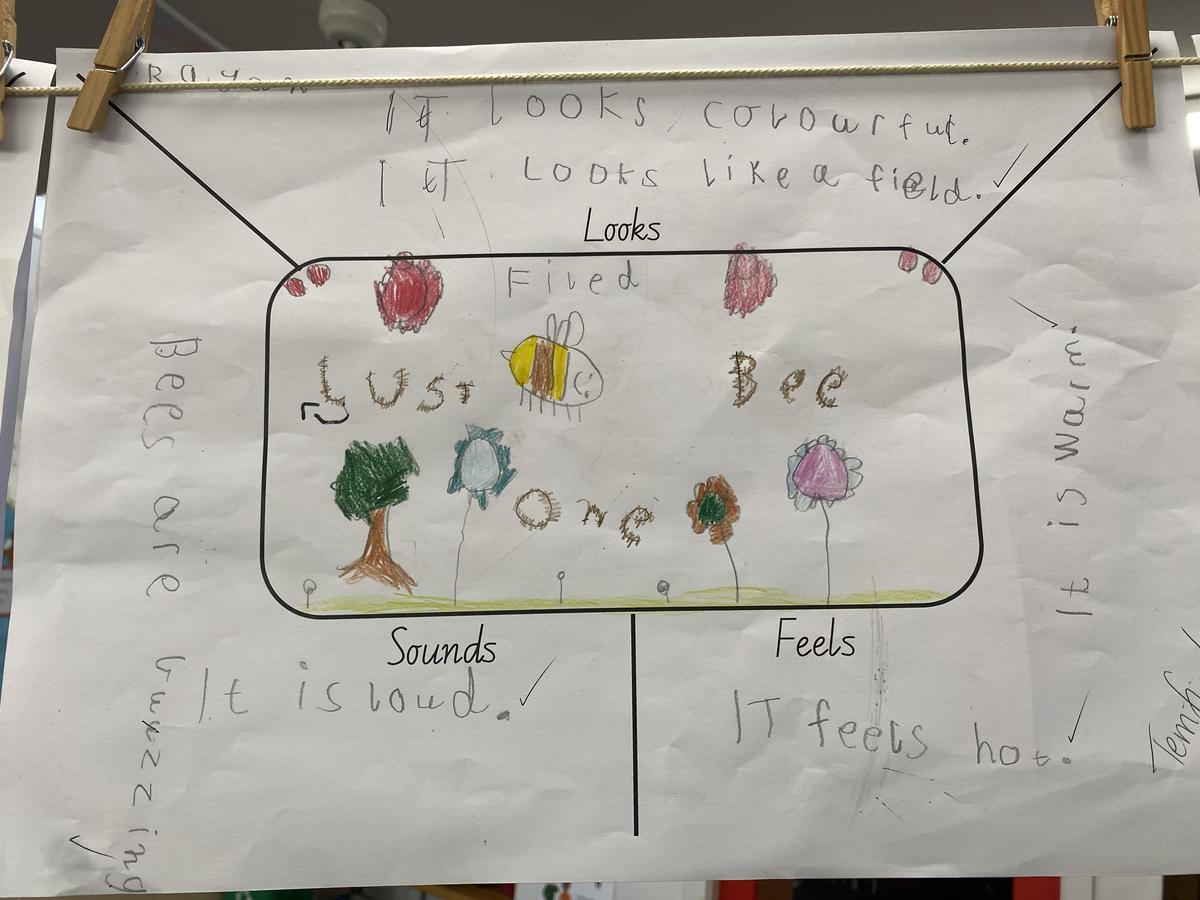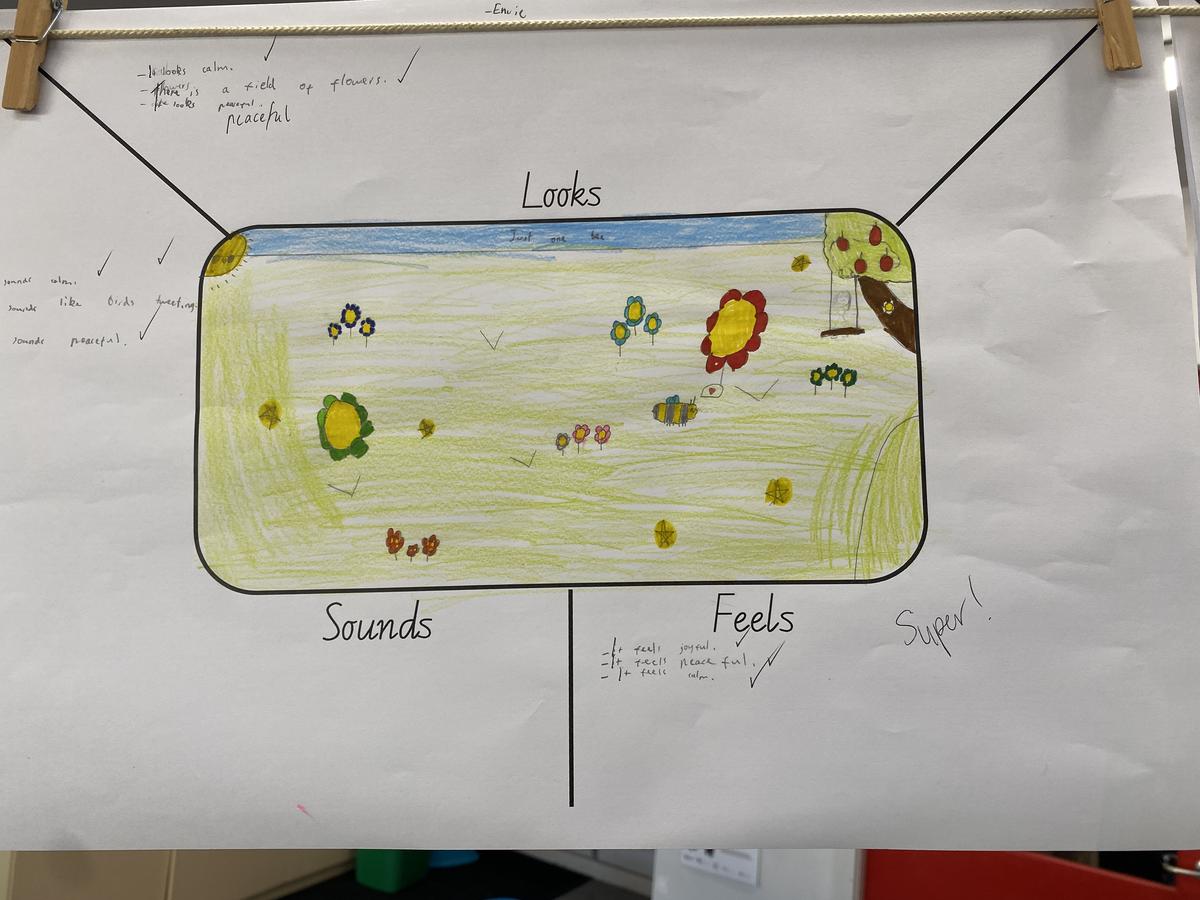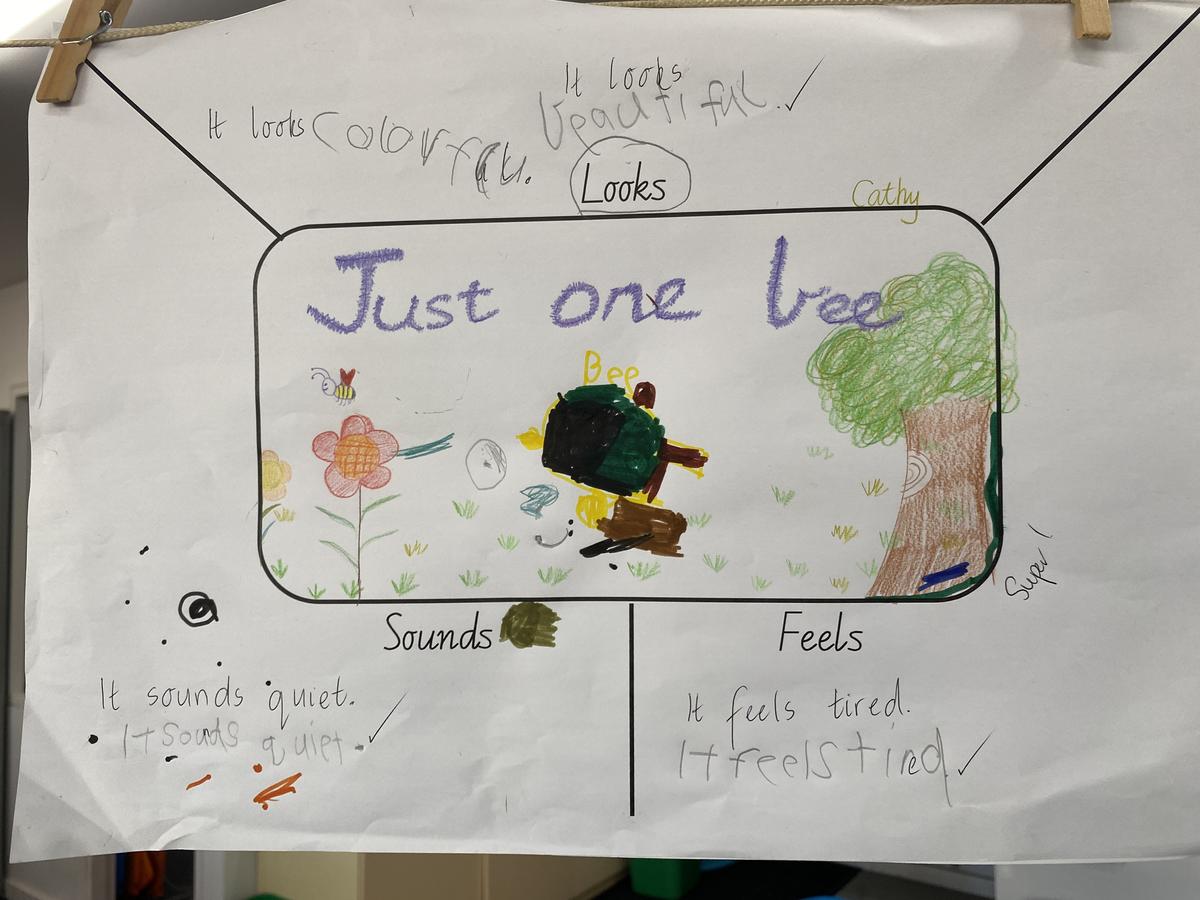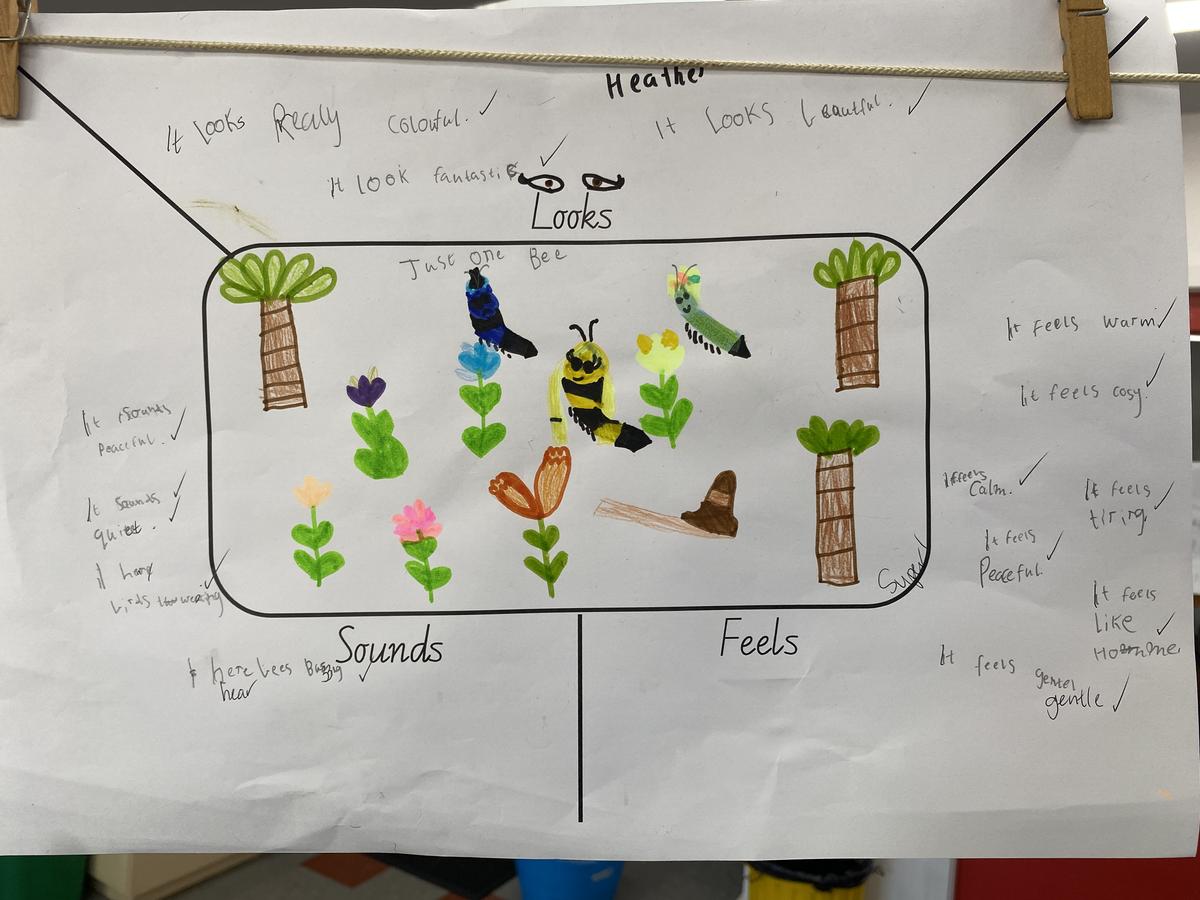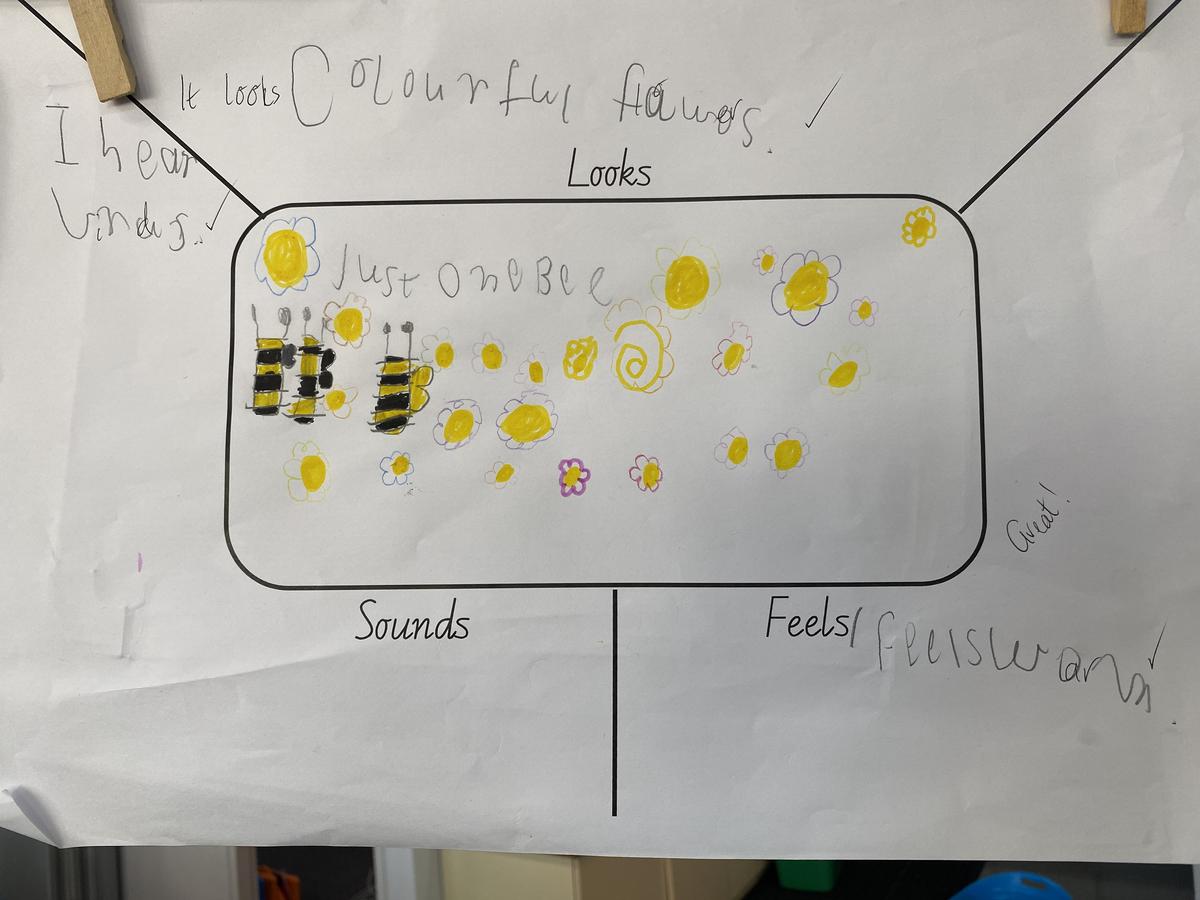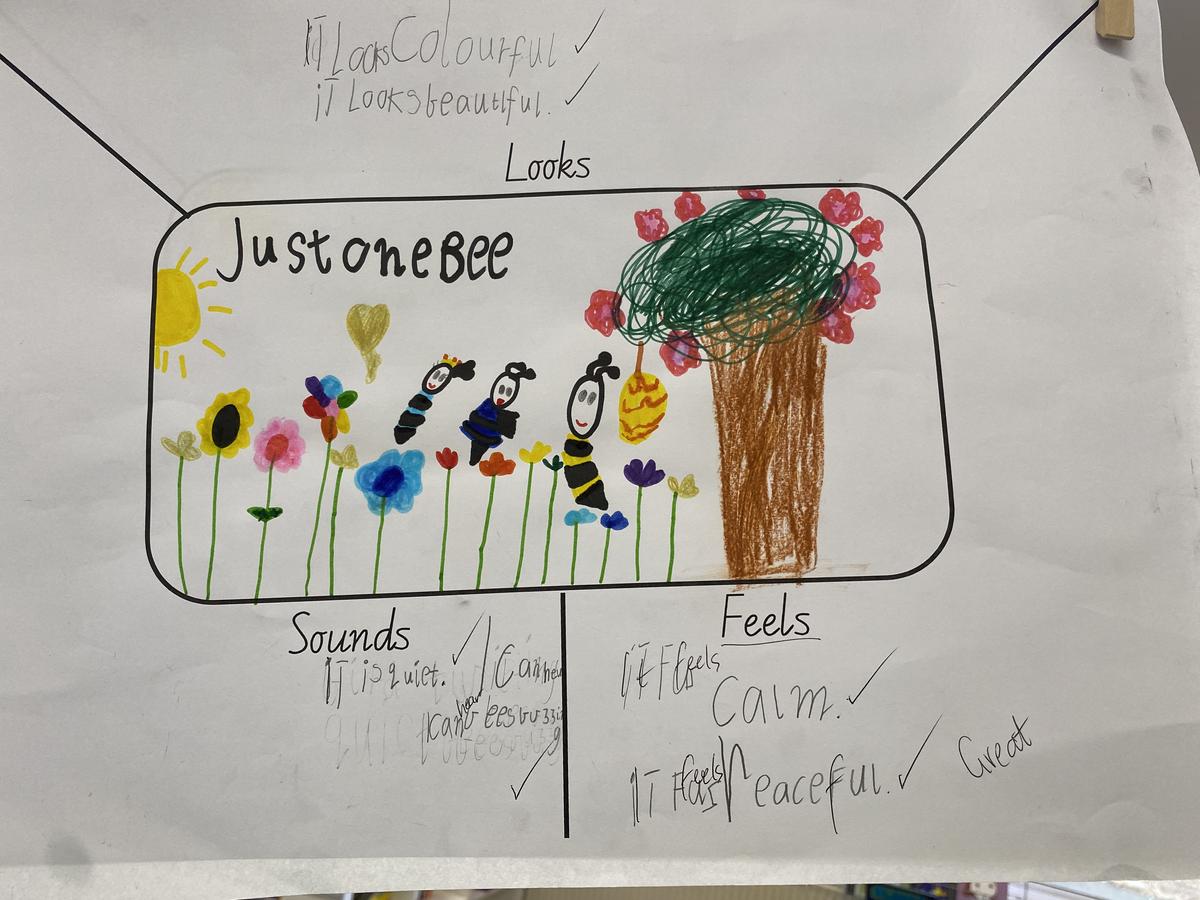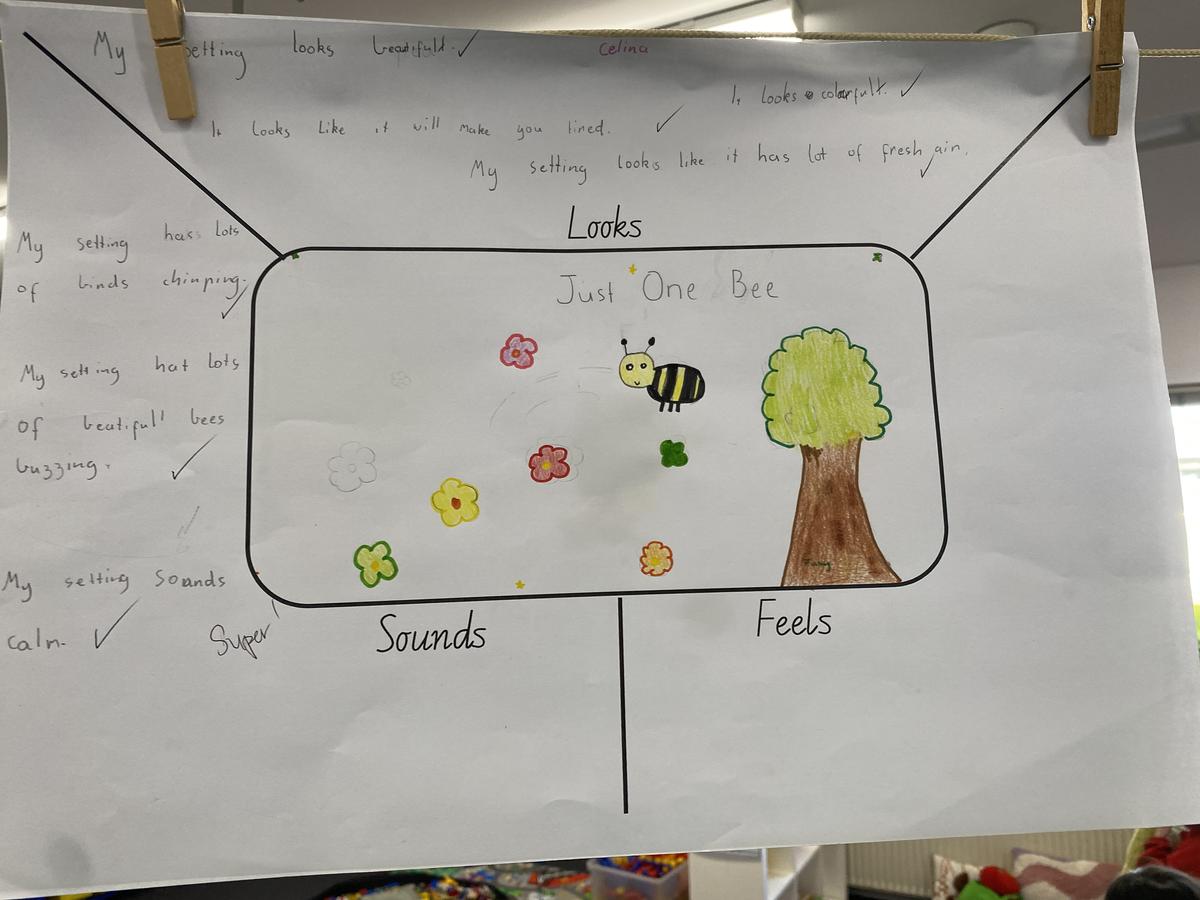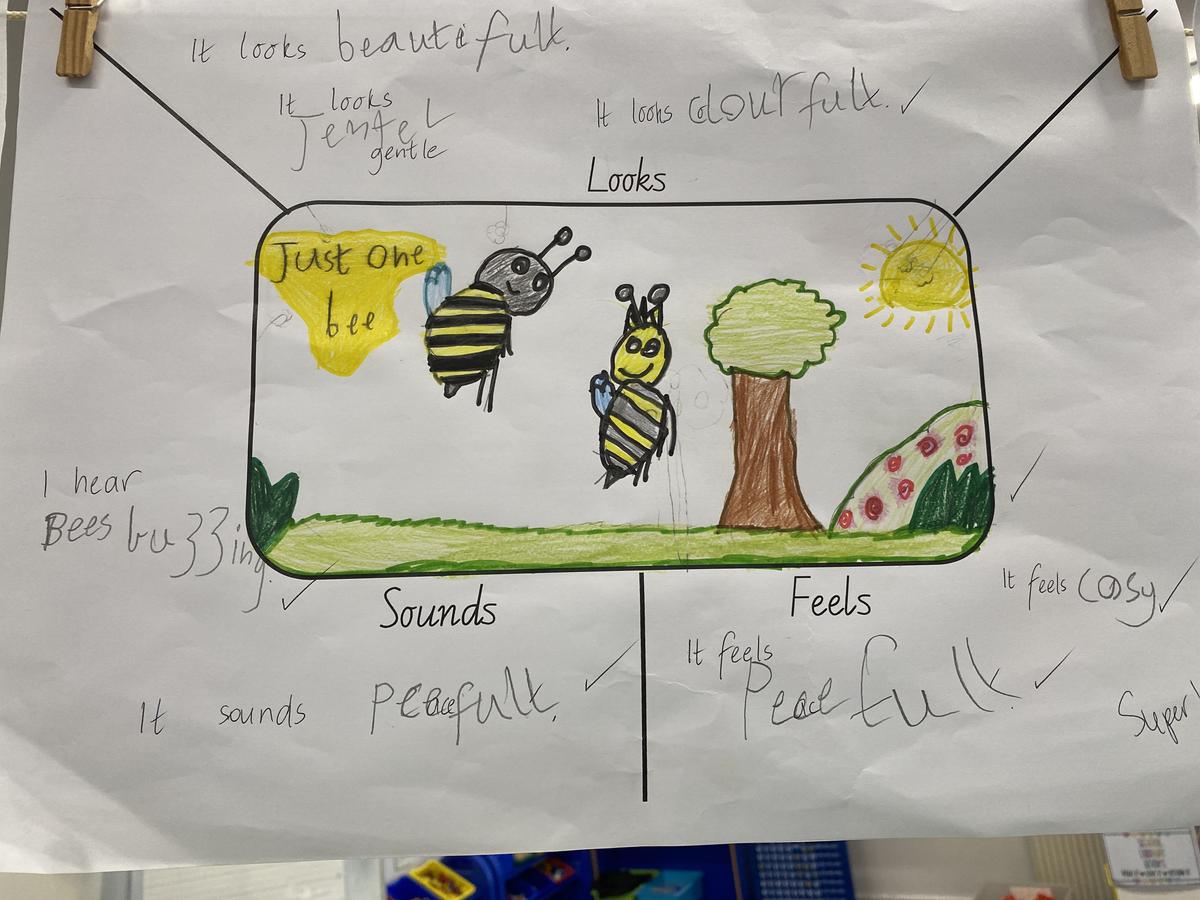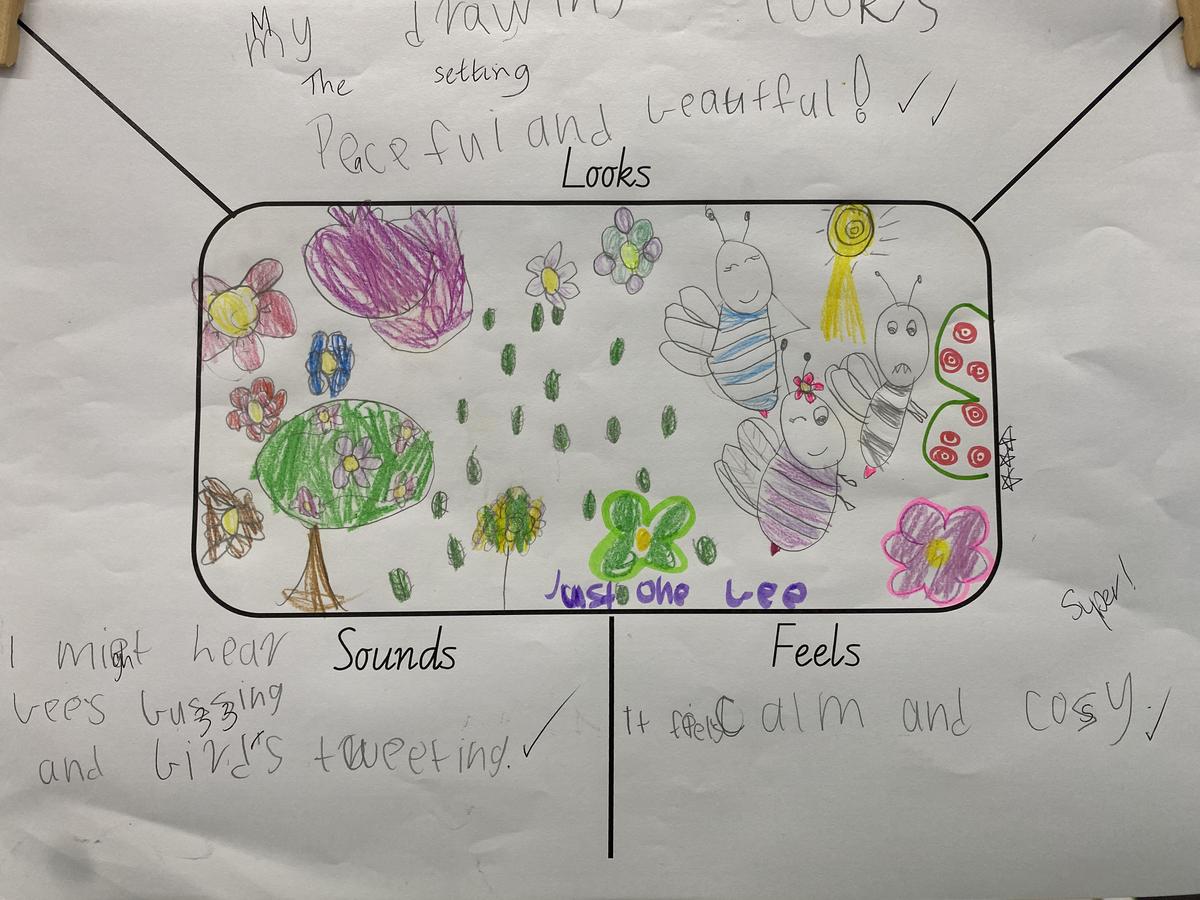From the 1/2 Classrooms
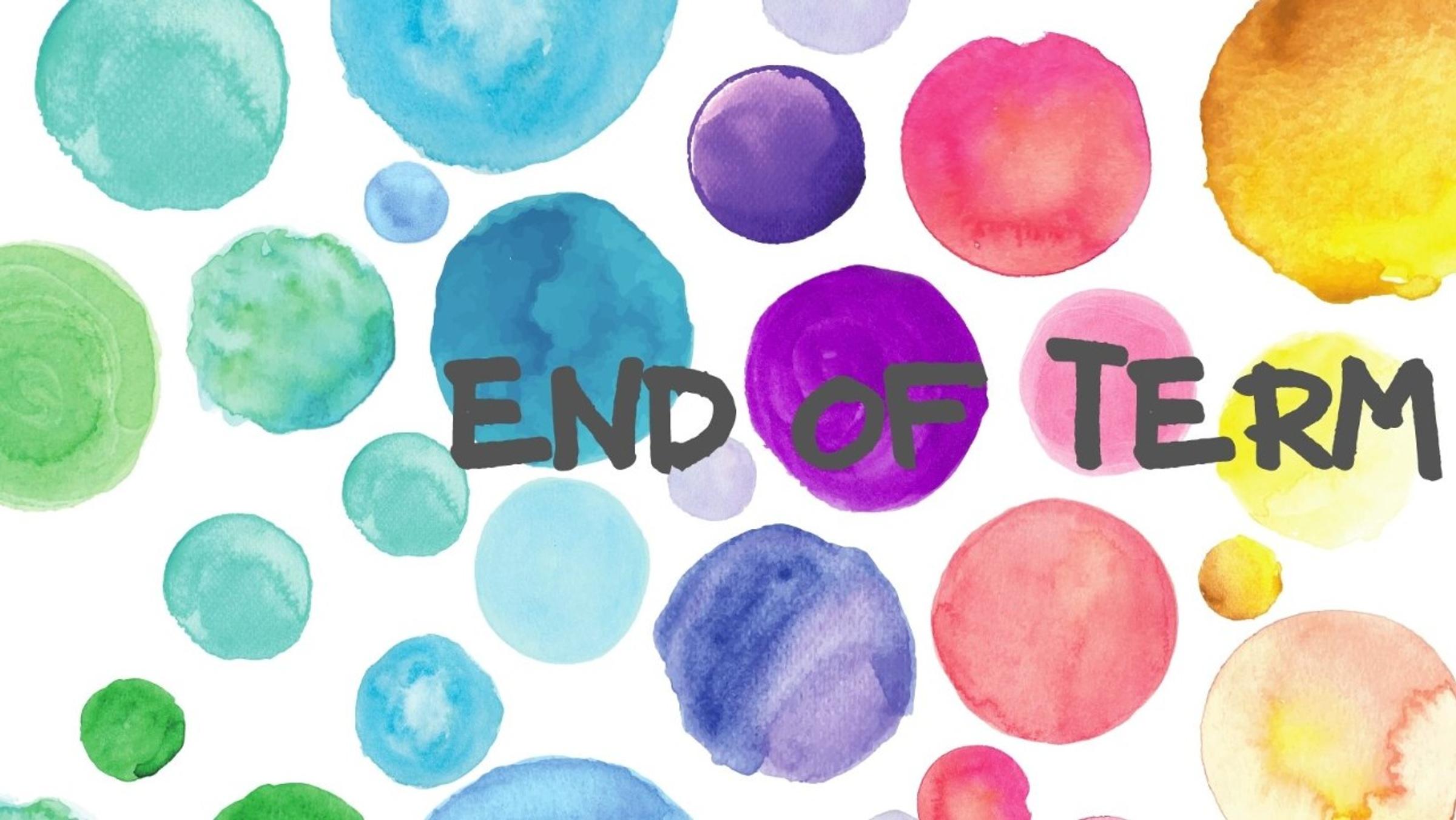
Welcome to the last Grade 1 & 2 update for the Term. Wow, what a full term of learning and experiences we have had!
We look forward to meeting families in our upcoming Parent/Teacher interviews on Wednesday 2nd July. A friendly reminder to pop onto Compass and book in an interview time with your child's teacher if you have not already allocated one. This day will also be a pupil free day, so no school for the students.
Maths games
Each week students play a Maths game during one of our Maths sessions. The games are carefully selected to align with our focus for the week. Students love playing these games and learning whilst also having some fun! We would like to share with you a couple of our games played recently. You may like to play these games at home as a family too.
Three Little Pig vs The Big Bad Wolf
https://www.youtube.com/watch?v=th4HAwnCK9I&ab_channel=MichaelMinas
In this game students will be required to use addition and ordering numbers. Equipment required: three 6-sided dice, 2--sided dice, paper and a pencil. Students can count the numbers on the dice and are encouraged to start counting on from the largest number. You can also use a 100 number chart to support with the addition and checking answers.
Some good questions to ask whilst playing this game are:
“Explain to me how you got __?”
“What is the best order to add these numbers in? Why?”
“How do you know you won this round?”
Race to 50
The aim is to be the first player to reach 50.
Each player has their own game board and a pencil. Player 1 rolls the 6-sided dice and records the rolled number in the first column (headed ‘Number rolled’) on their game board. Player 1 calculates double the recorded number (for example, if 3 is rolled, they write 6) and records it in the second column (headed ‘Double the number’). Player 1 then records the running total in the third column (headed ‘Running total’).
Player 2 then has their turn, repeating the same process. Continue taking turns until one player reaches 50 in their running total column.
The game can be extended by doubling each number twice and race to 100. When they roll a number, they can double and then double again, such as rolling a 6, doubling to 12 and doubling 12 to get to 24.
Roll and read the time
Students roll the die, read a clock in the row and then cover it. Students play until they have covered a row.
Narrative writing
We have started to look at Narrative writing during our writing sessions. Before students write their own story we have broken down the features of a narrative text.
Character traits
We started with a focus on character traits. When describing a character, students have thought about their 'inside' traits (eg. their personality and what type of person they are. Are they kind, generous, caring, funny, worried, scared) and their 'outside' traits (eg. What they look like. Are they tall or short, what is their hair and eye colour, or if an animal describing their features like wings).
Students started by thinking about a character from our Reading Australia mentor text, 'Just One Bee', and describing the inside and outside traits of this character. They then focussed on the main character from their Reading group text and analysed the inside and outside traits for this character.
Setting
We then looked at the setting of a story. We discussed as a class why we feel settings are an important element of narrative, how authors and illustrators create the setting through language and illustrations. We discussed settings in books that we have read.
Students then focussed on the setting from our Reading Australia mentor text, 'Just One Bee', and thought about what they could see, feel, and hear and recorded this in a Y-chart.
Problem and Solution
We discussed why we feel stories have a problem and solution and what a story would be like it it did not have one. As a class we came up with an agreed definition of what a problem and solution are and created an anchor chart to refer too when we start our own narrative writing. As a class we discussed what the problem was in our Reading Australia mentor text, 'Just One Bee', and the solution to this problem.
Students then went off in groups and brainstormed a list of problems they could identify from previously read books or ones that they felt would be good to include in a story. Students then passed their list of problems onto another group to think of some solutions for these problems.
We can't wait to start Narrative writing in our classroom and watch all their imaginations and creativity come alive in their stories!
Thank you for reading!
Kind regards,
Grade 1 and 2 Teachers
